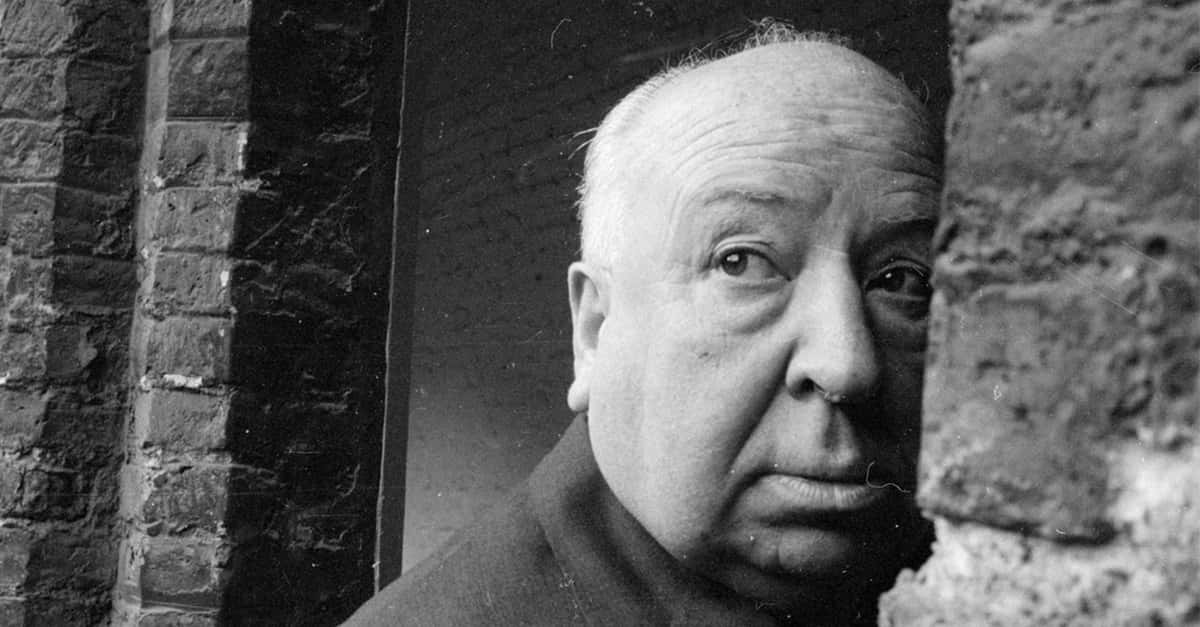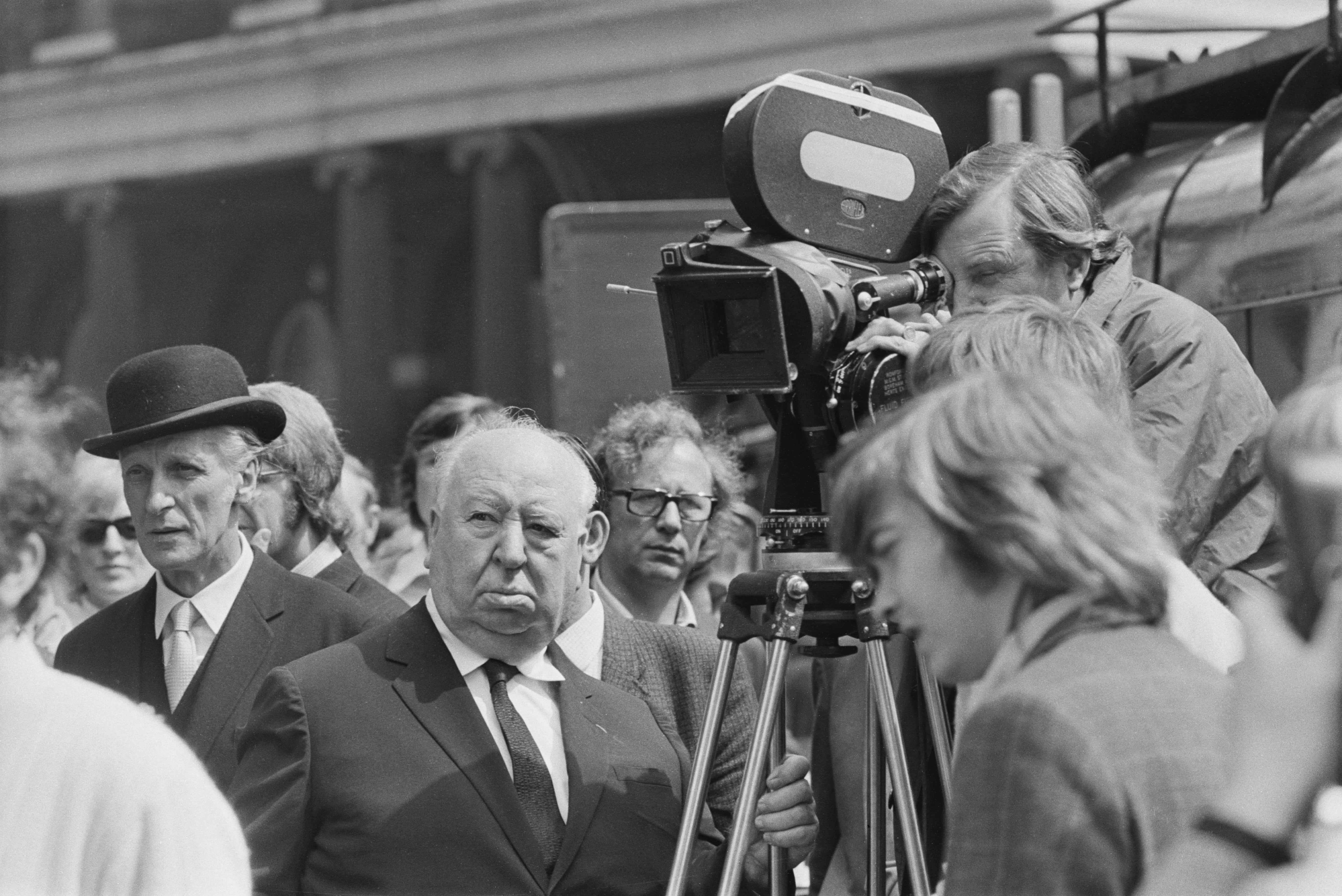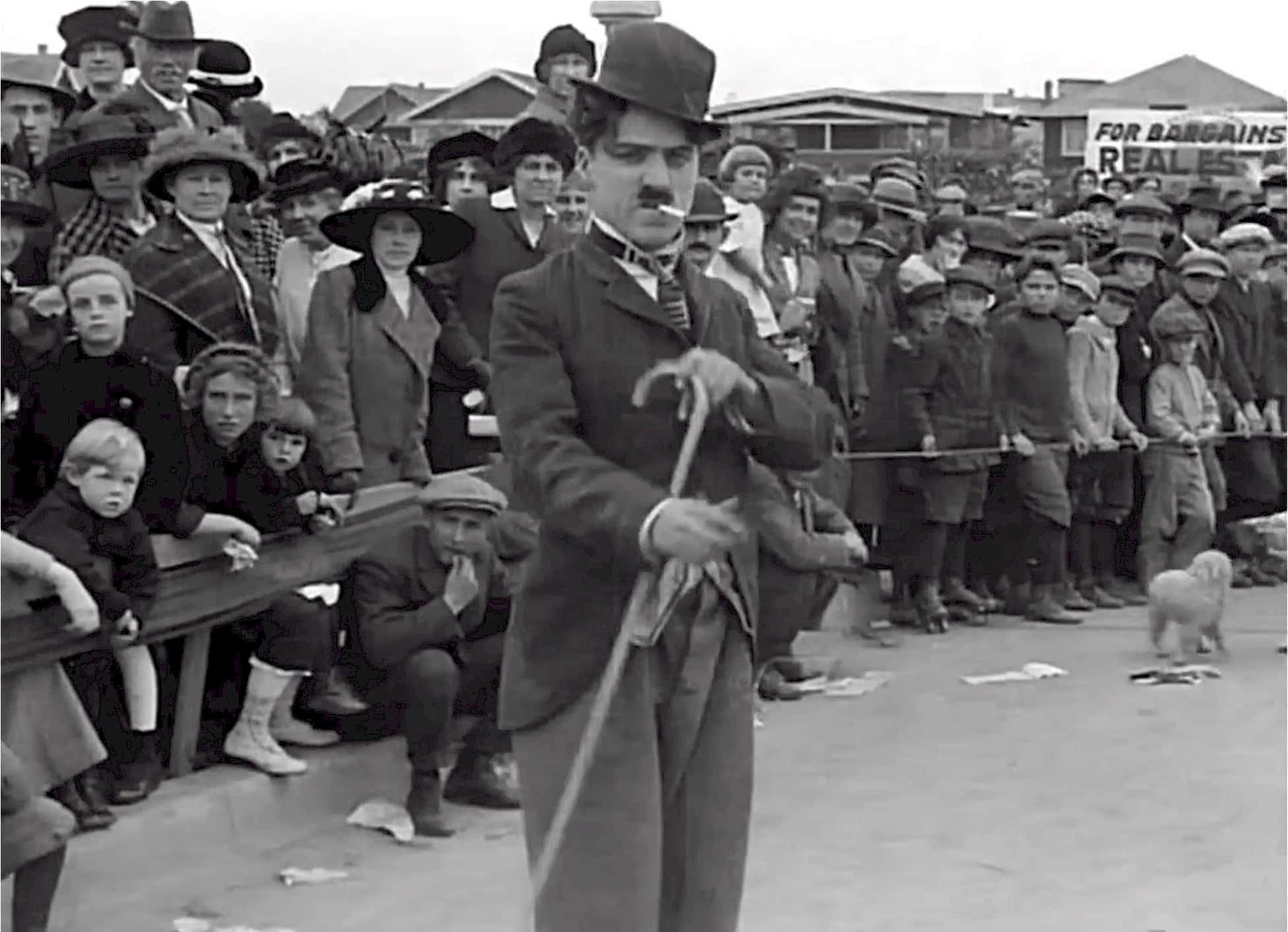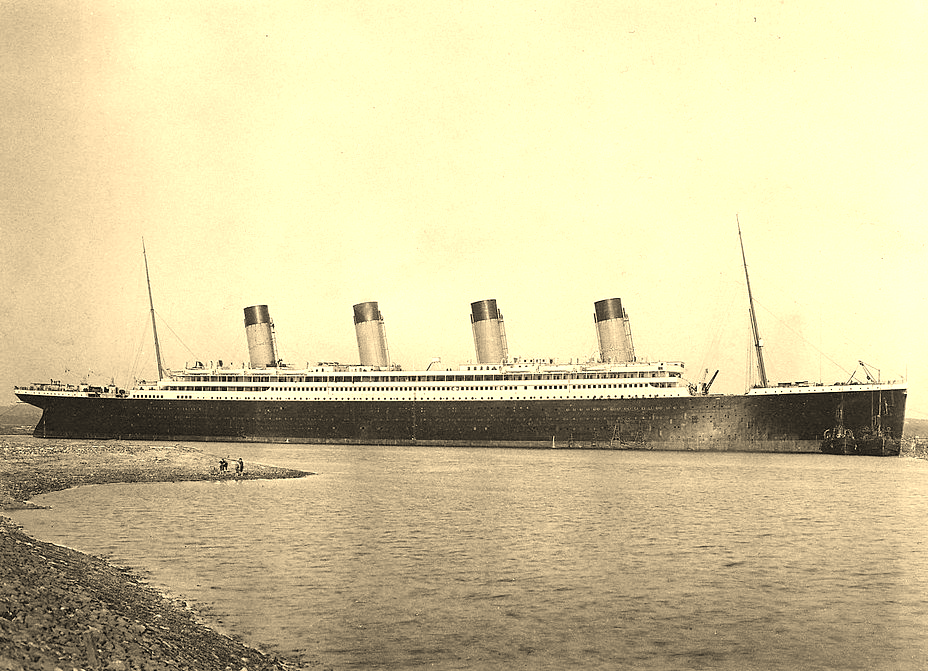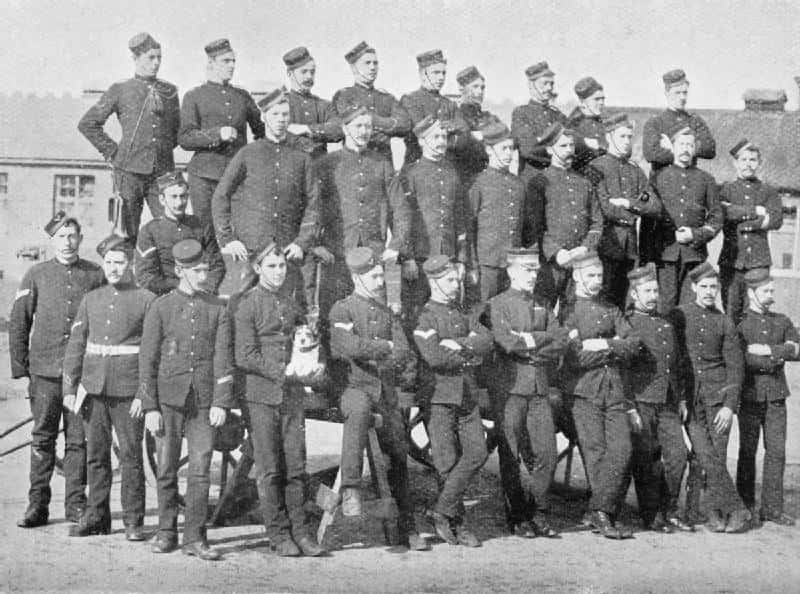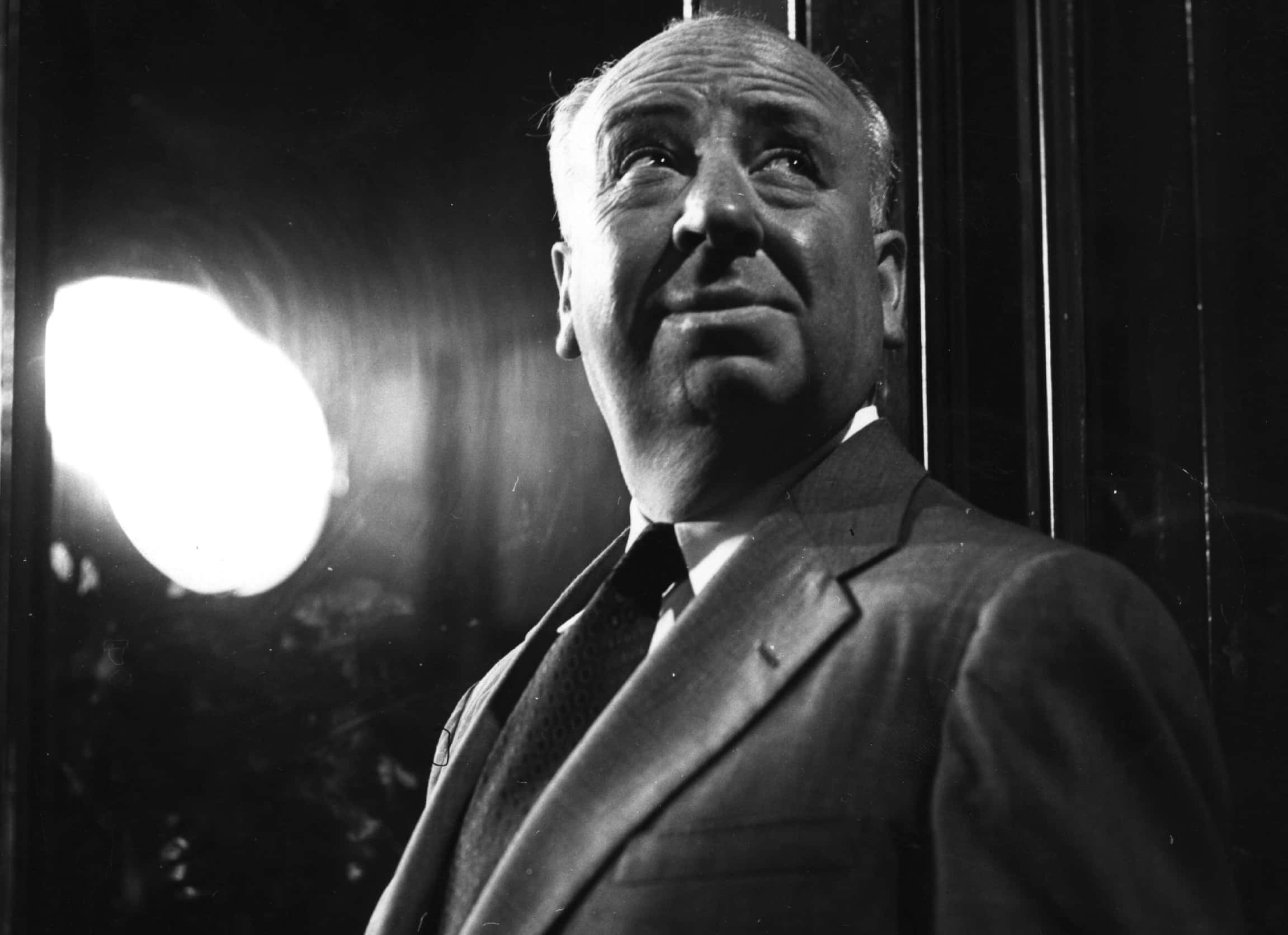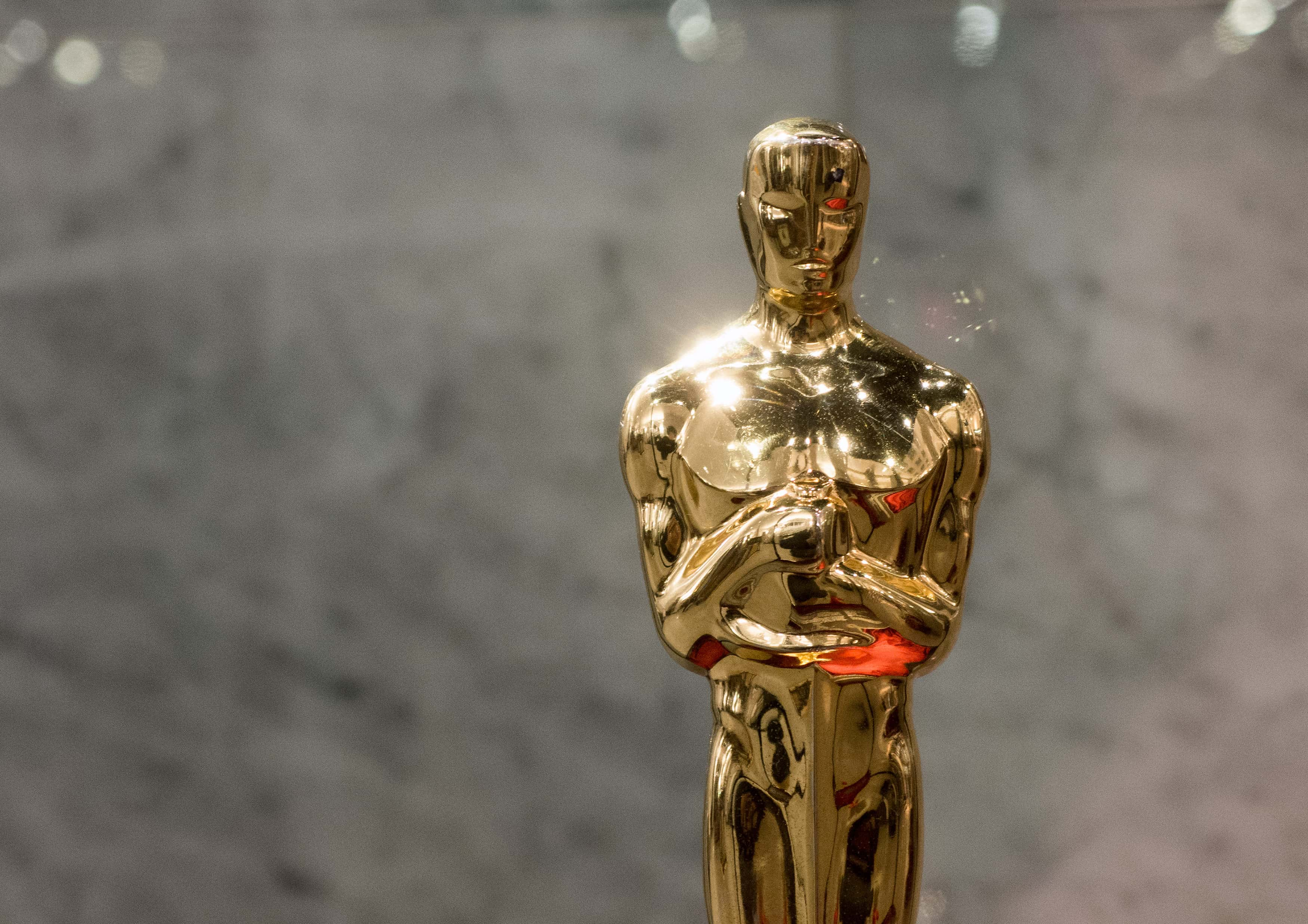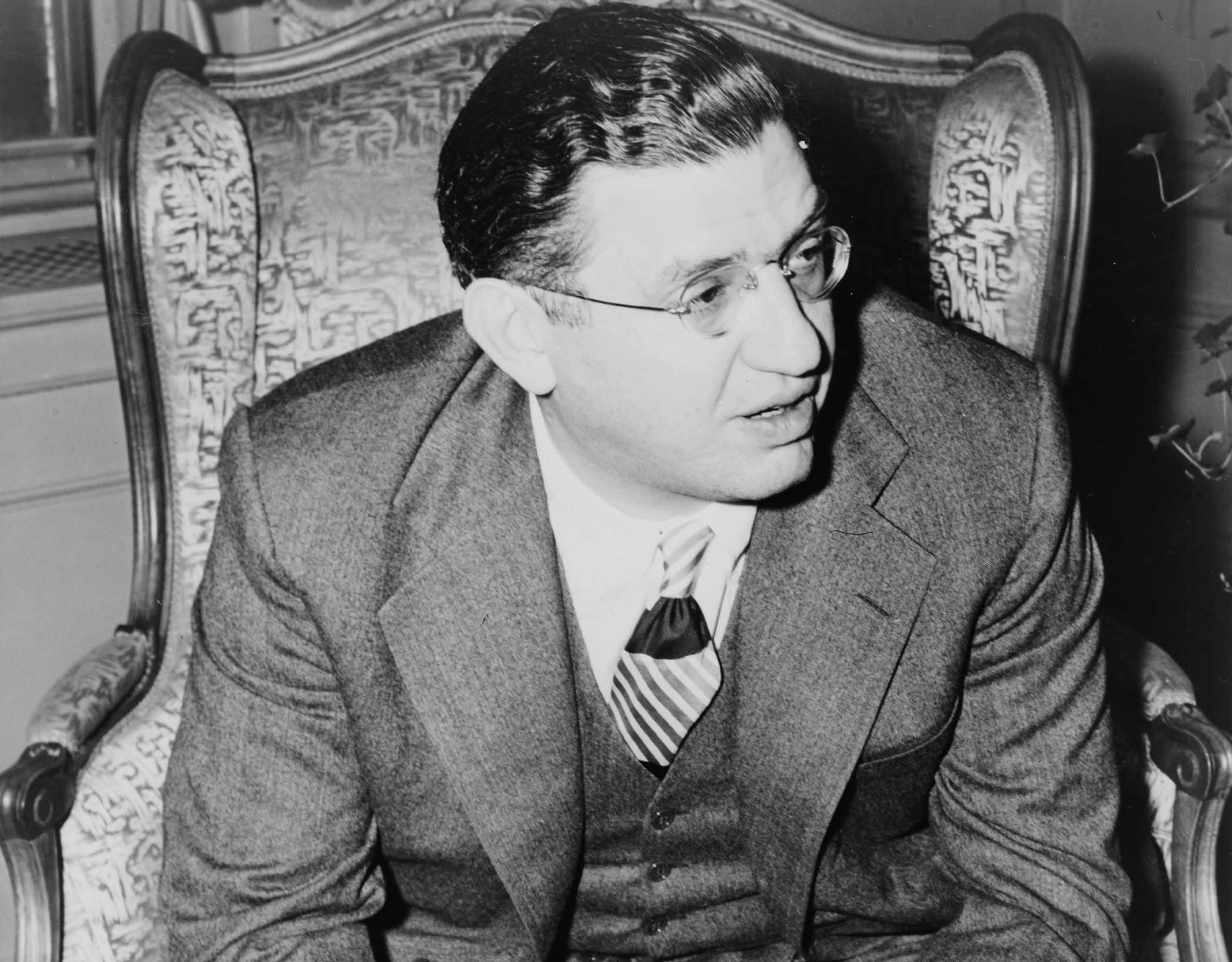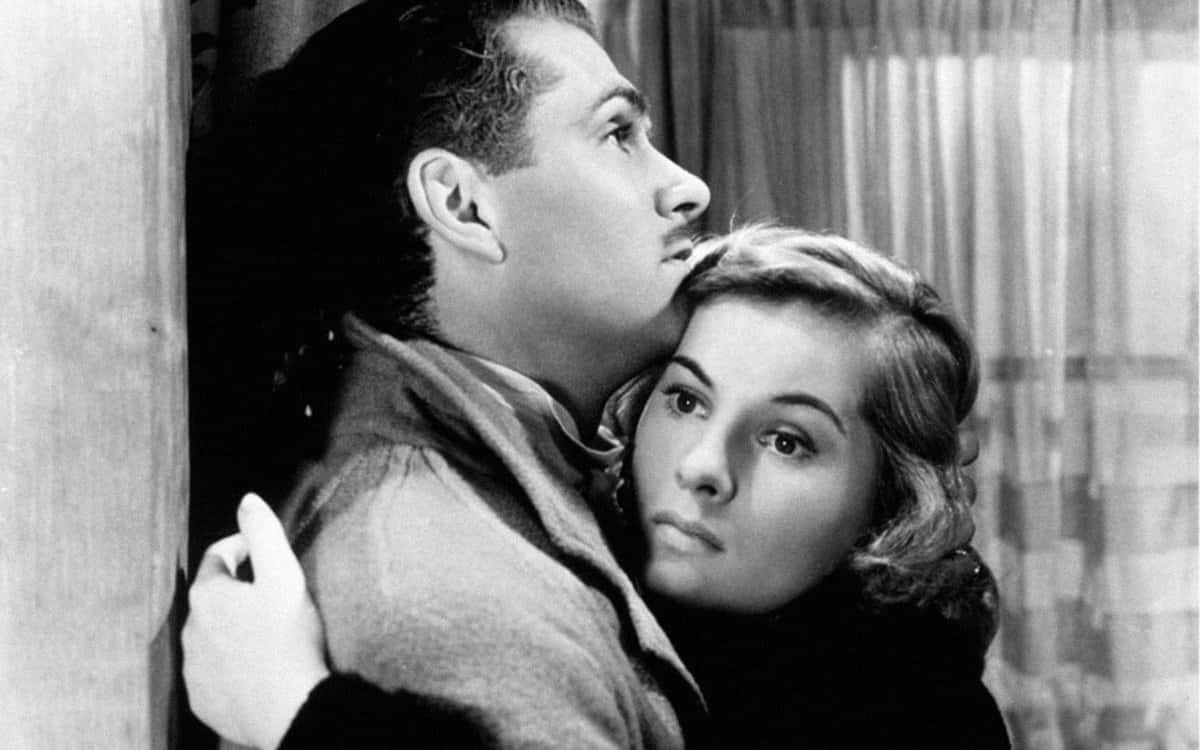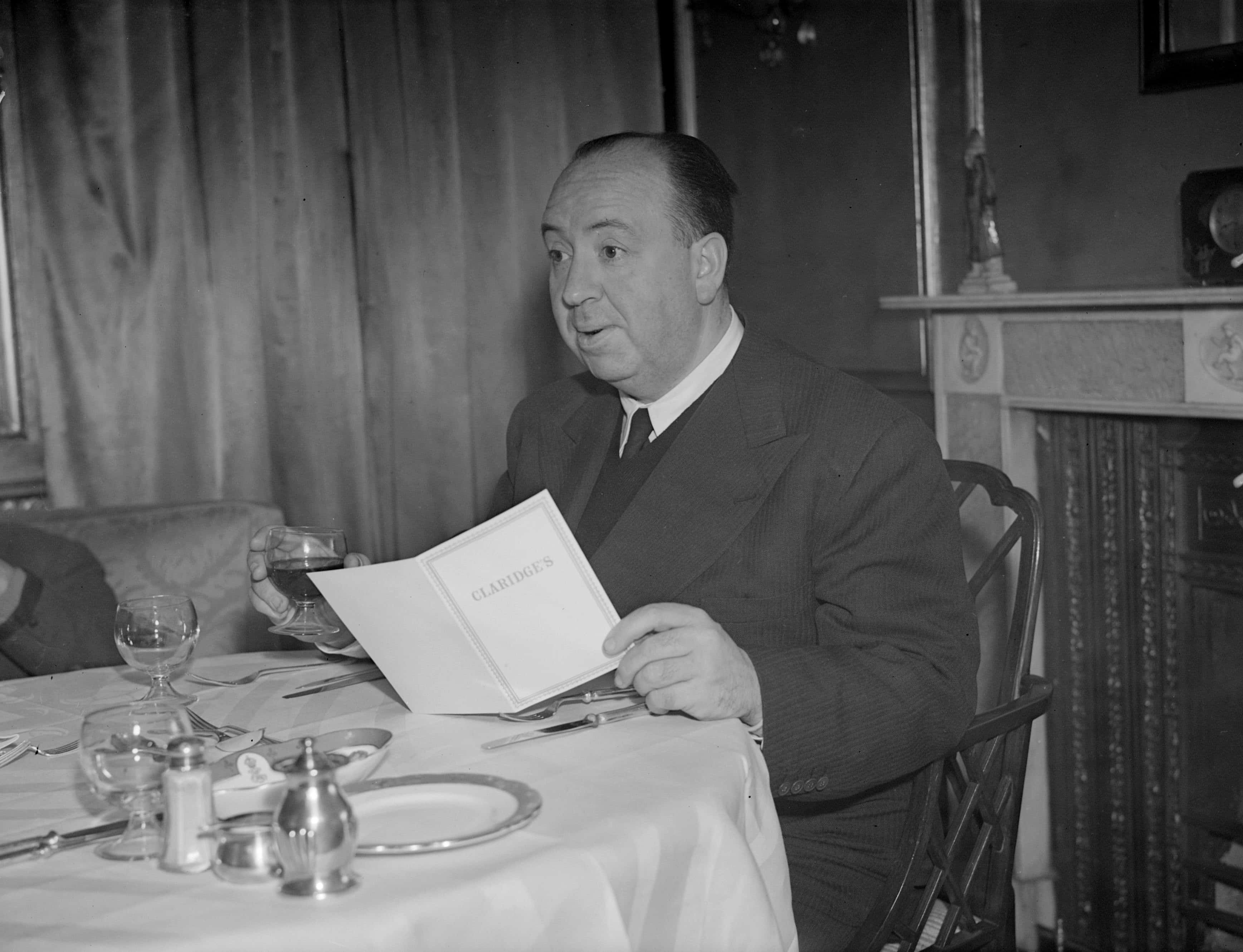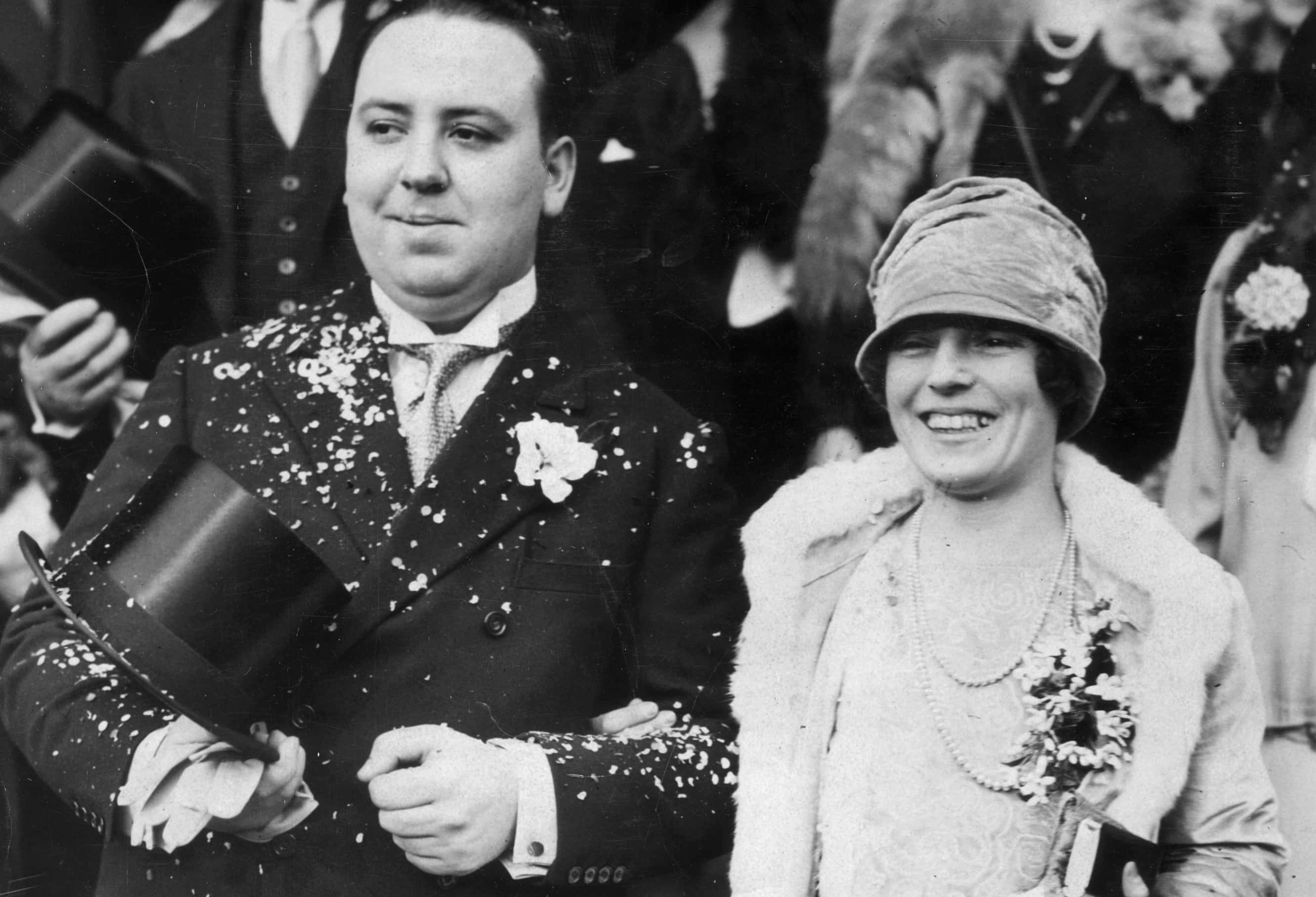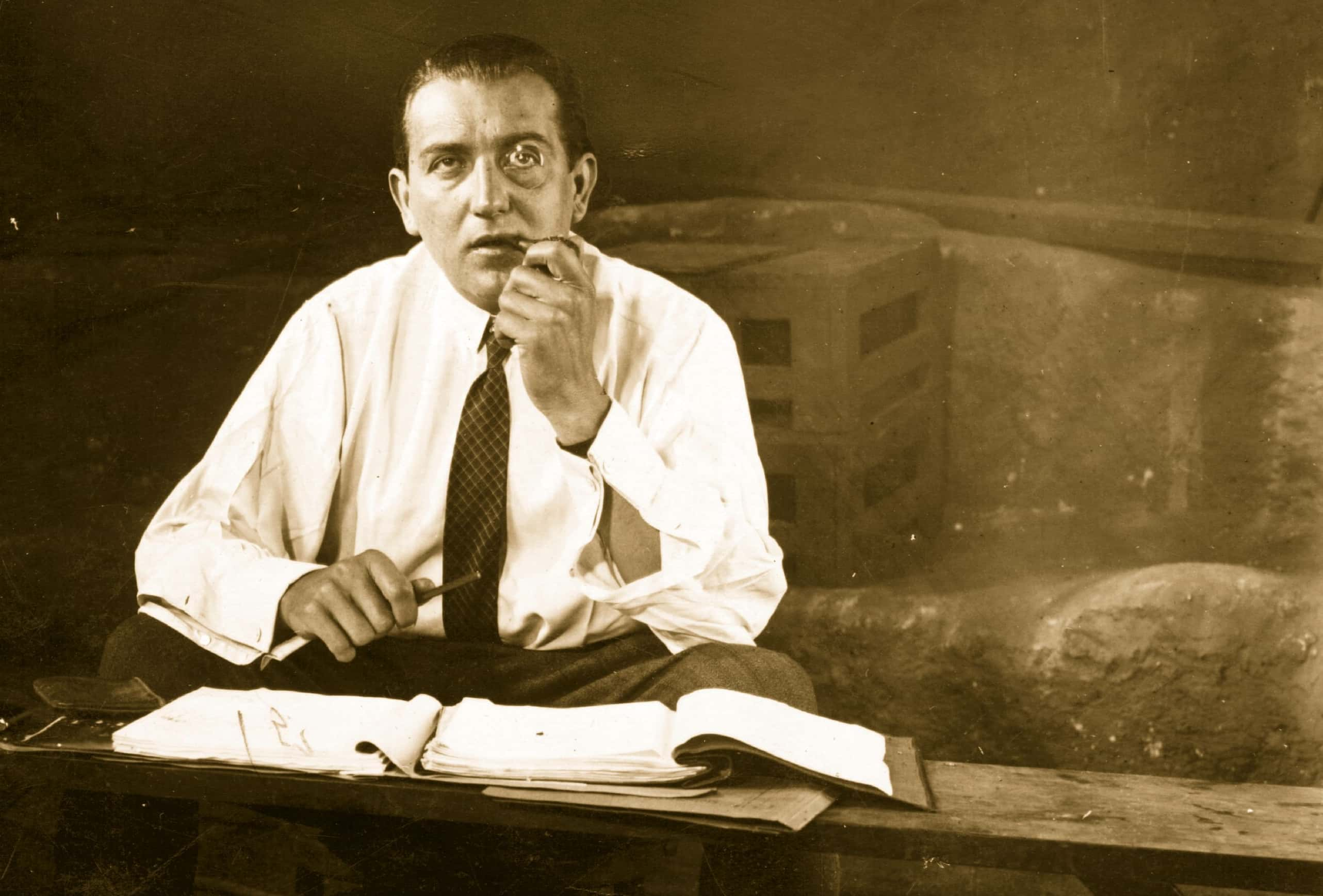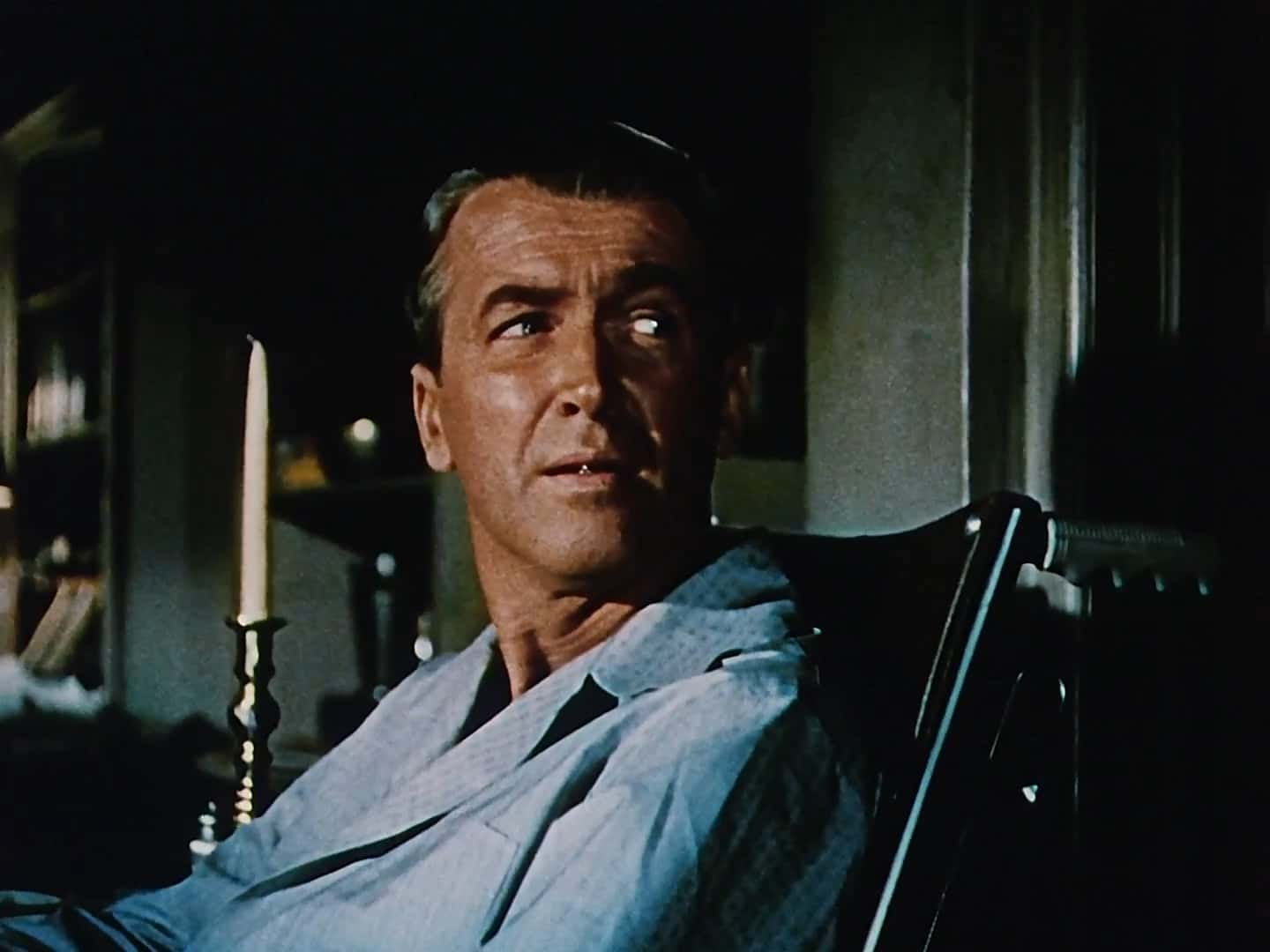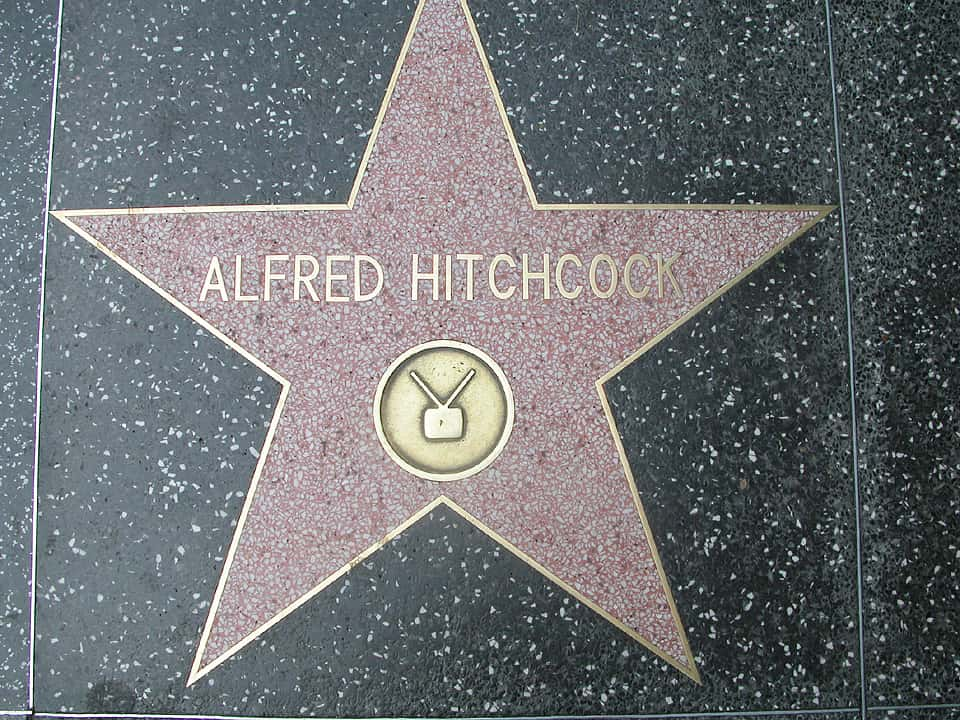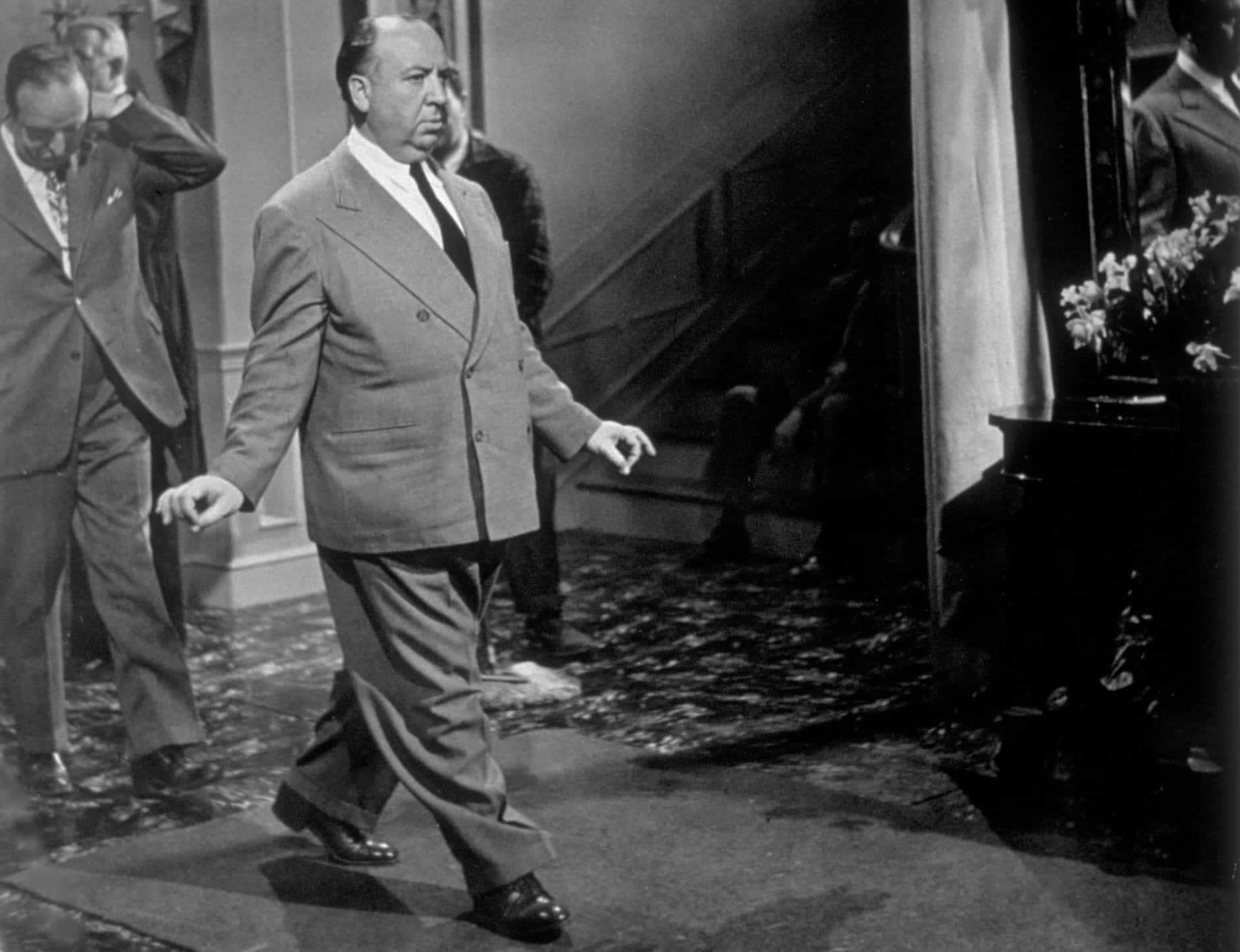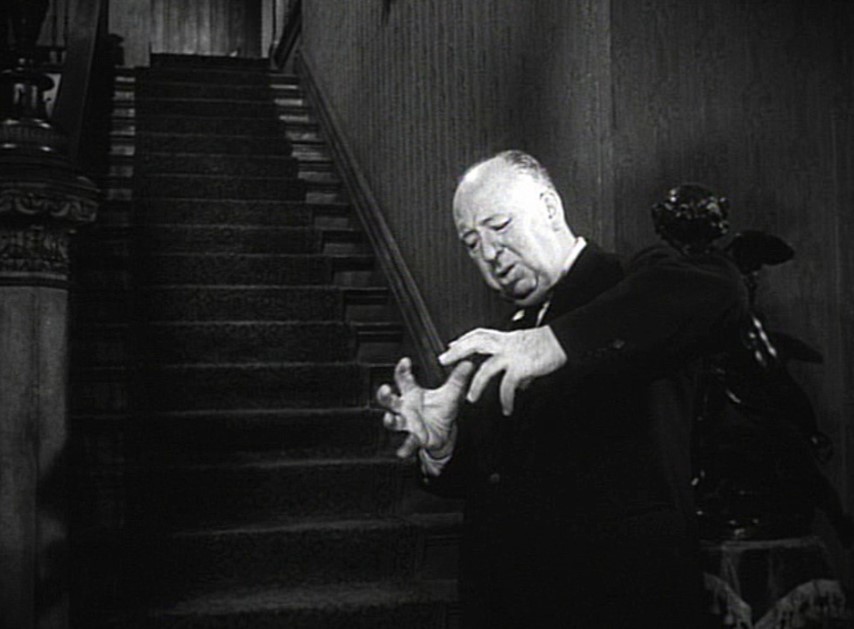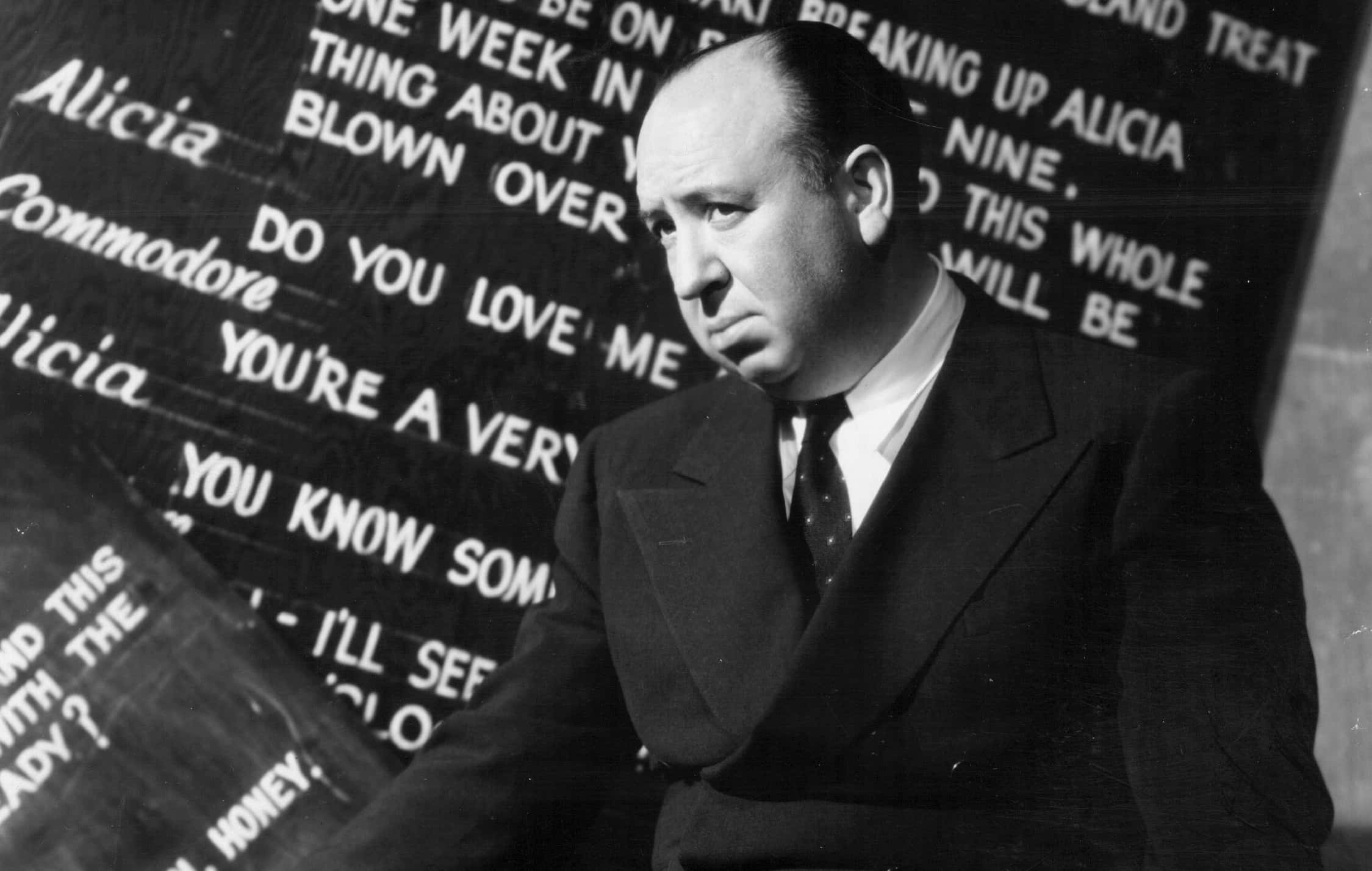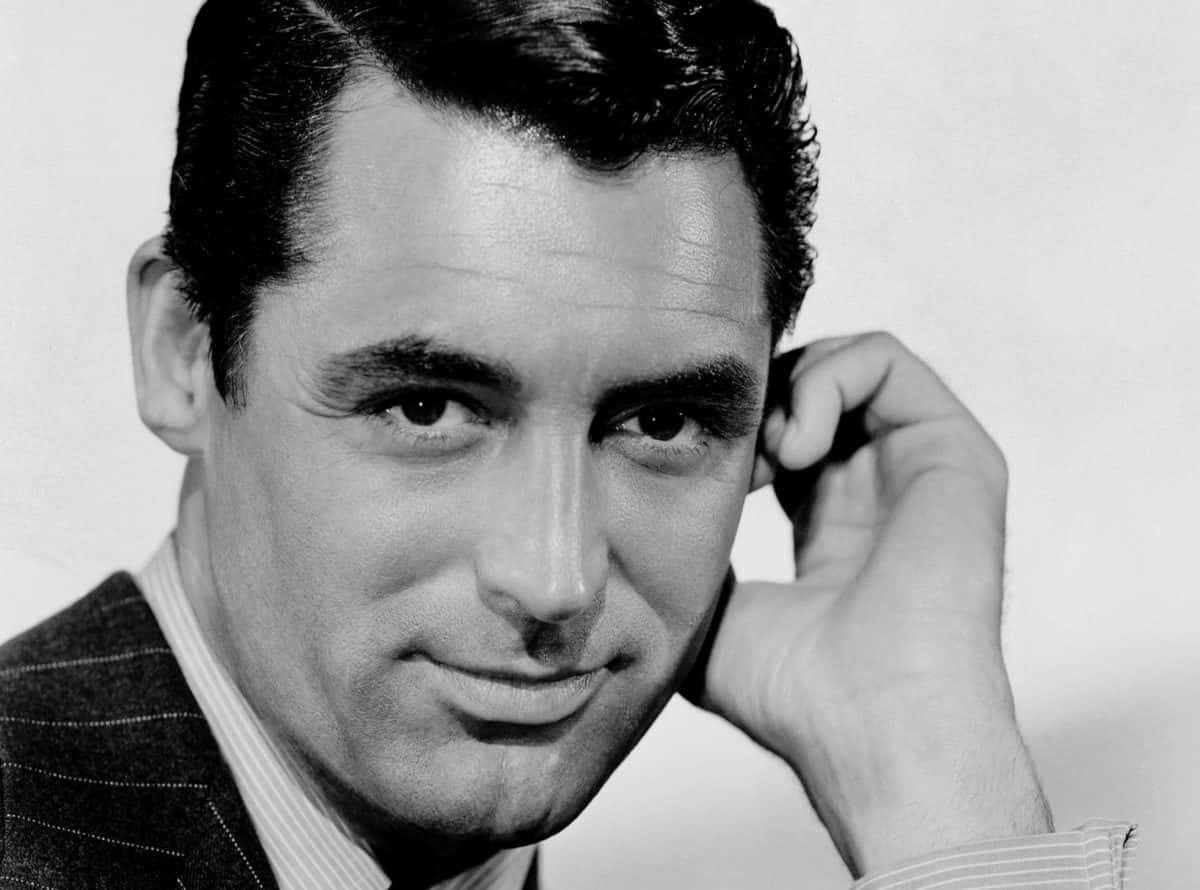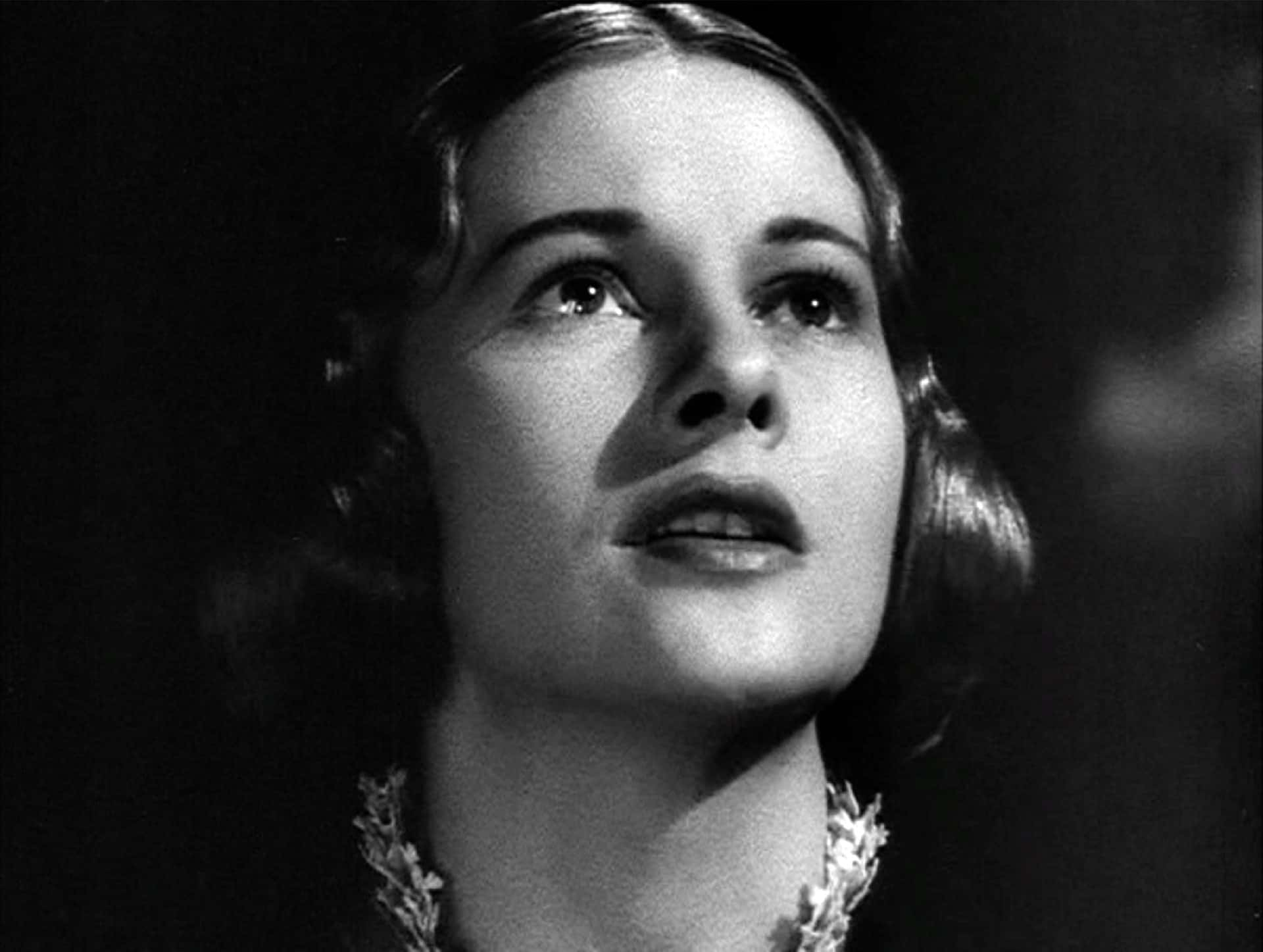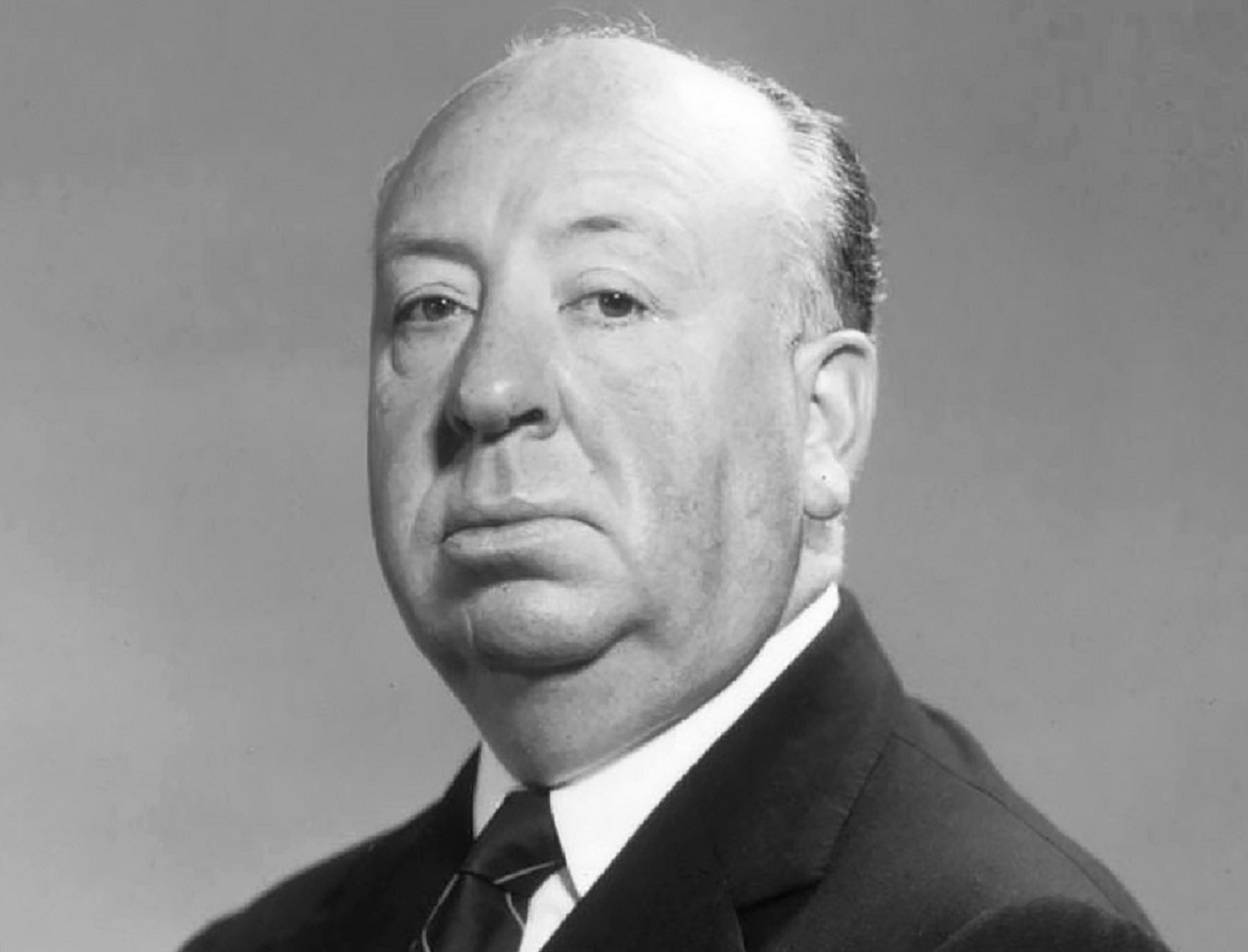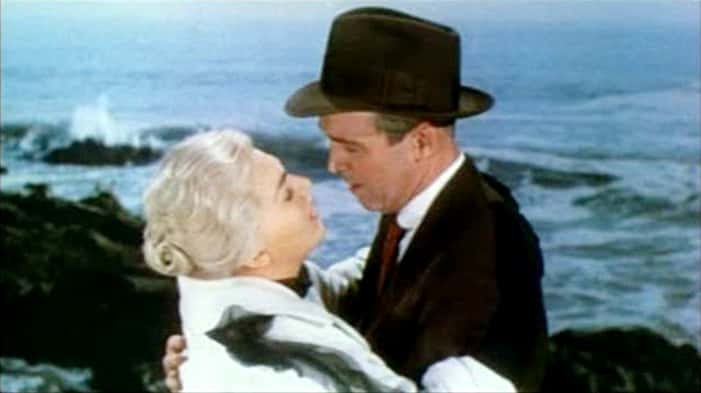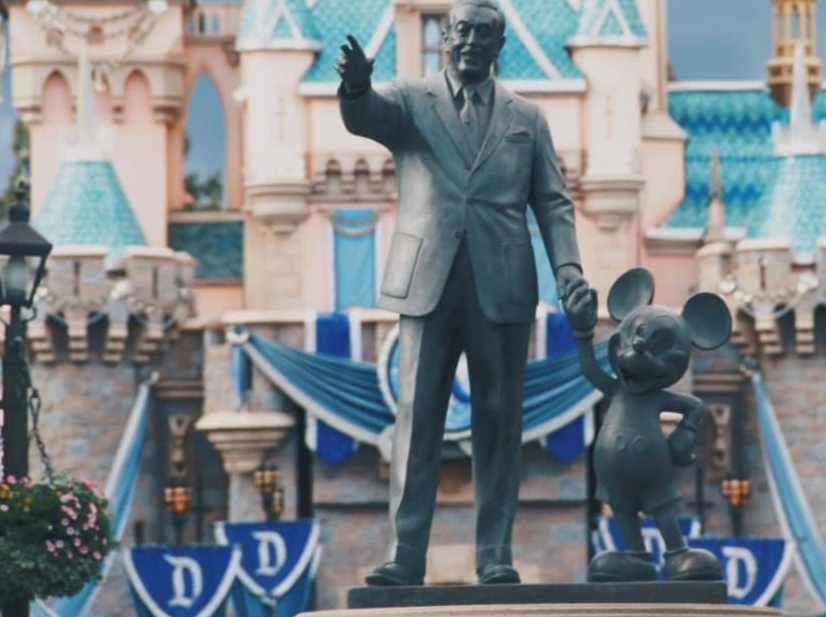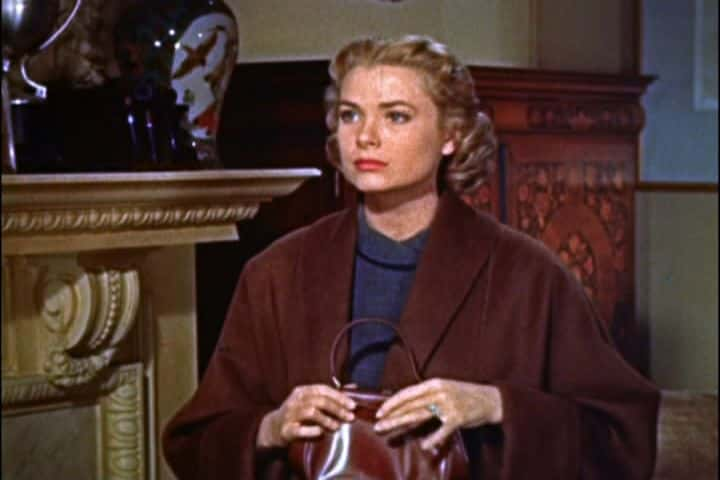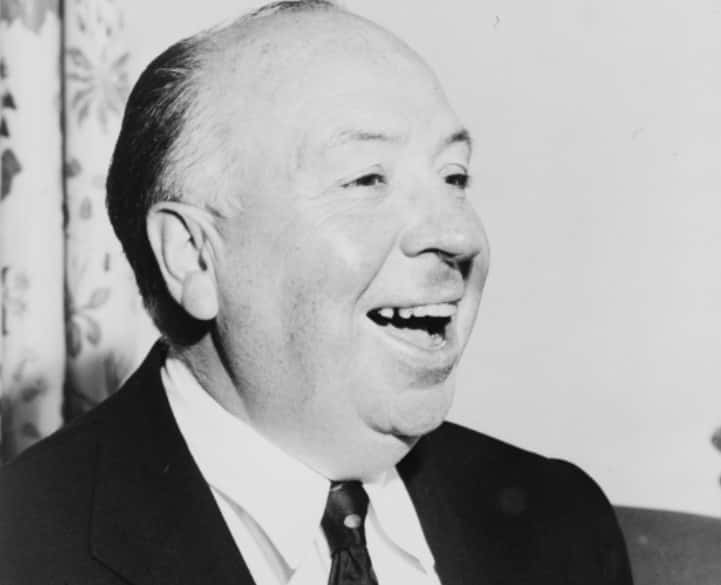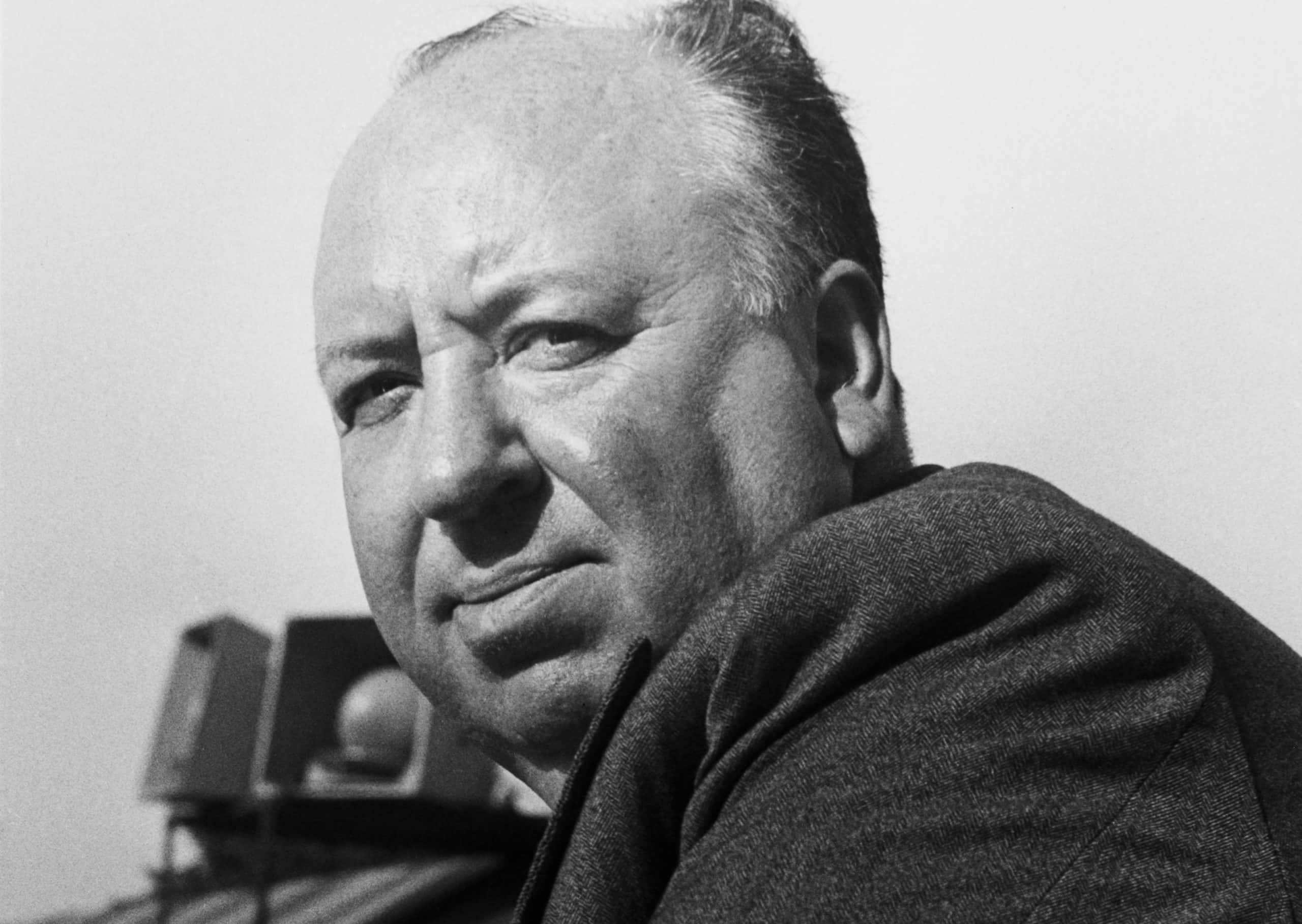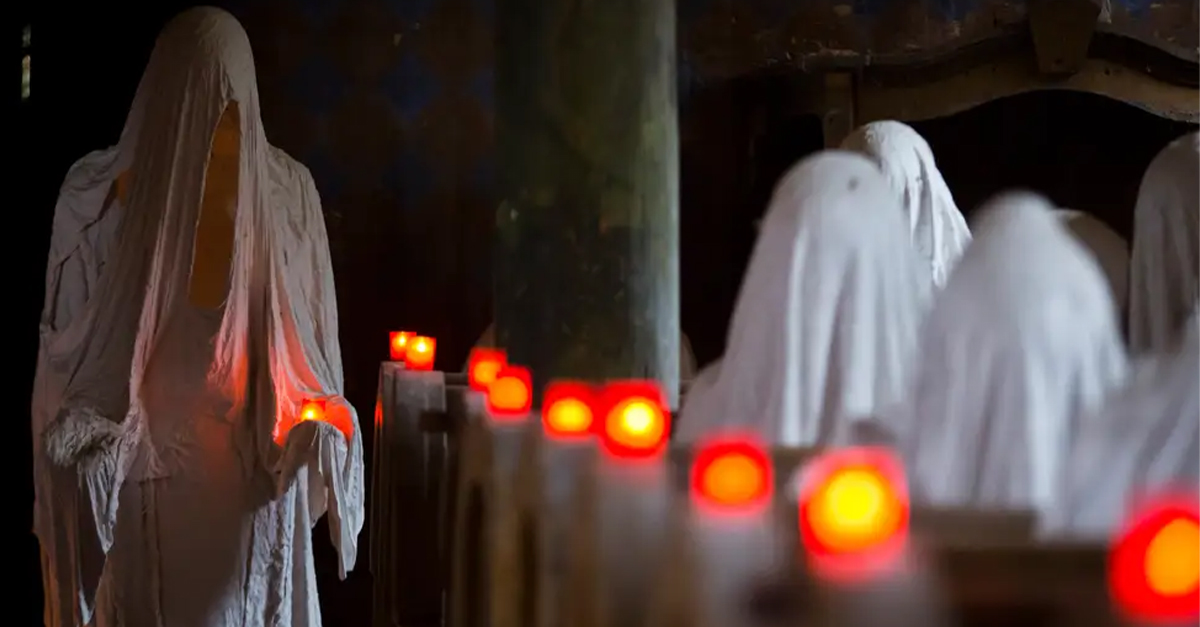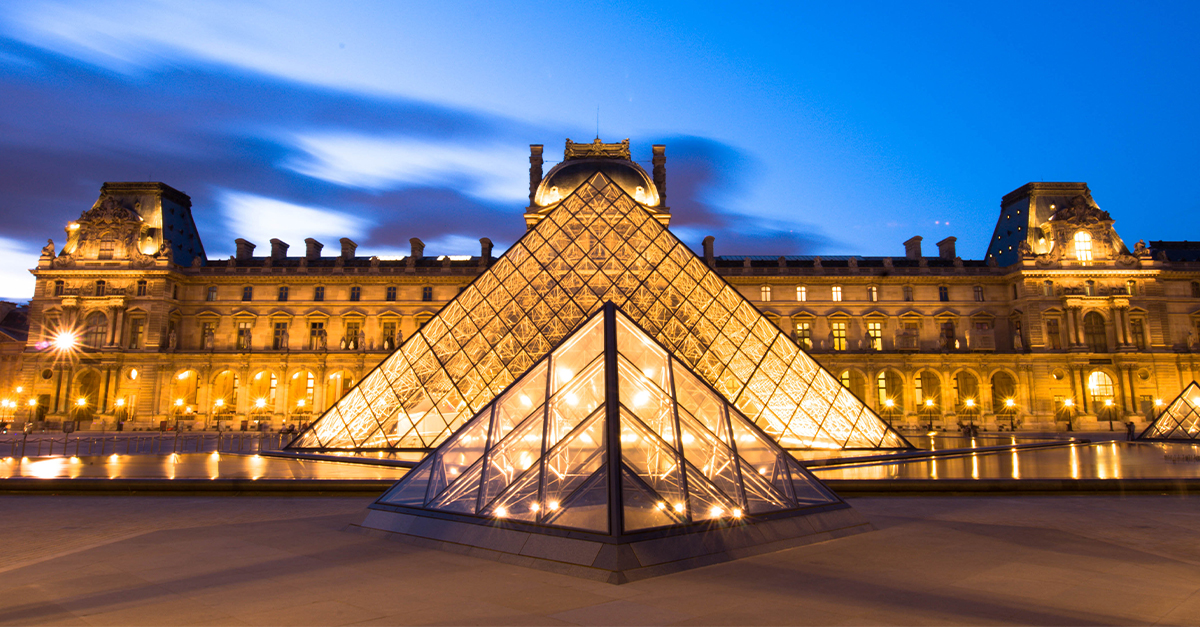“I am a typed director. If I made Cinderella (1937), the audience would immediately be looking for a body in the coach".
One of the most influential filmmakers of all time, Alfred Hitchcock has inspired countless remakes, parodies, and homages to himself and his work. Not only was he well-known for his 50 feature films, he also hosted a hit TV show and became a memorable subject of countless interviews. Even his style of filmmaking became a trademark style to be identified, referenced, or imitated by the next generations of filmmakers. Of course, the artist was far more than his art, and in this case, Hitchcock was an imposing and downright disturbing figure. If you’re curious to learn more about what we’re talking about, continue reading to learn more about the Master of Suspense.
1. Unlikely Place of Birth
Alfred Joseph Hitchcock was the youngest of three children to Emma Jane and William Hitchcock. He was born on 13th of August 1899 in Leytonstone, England. Rather than a hospital, Hitchcock was born in the apartment above his family’s grocer’s shop.
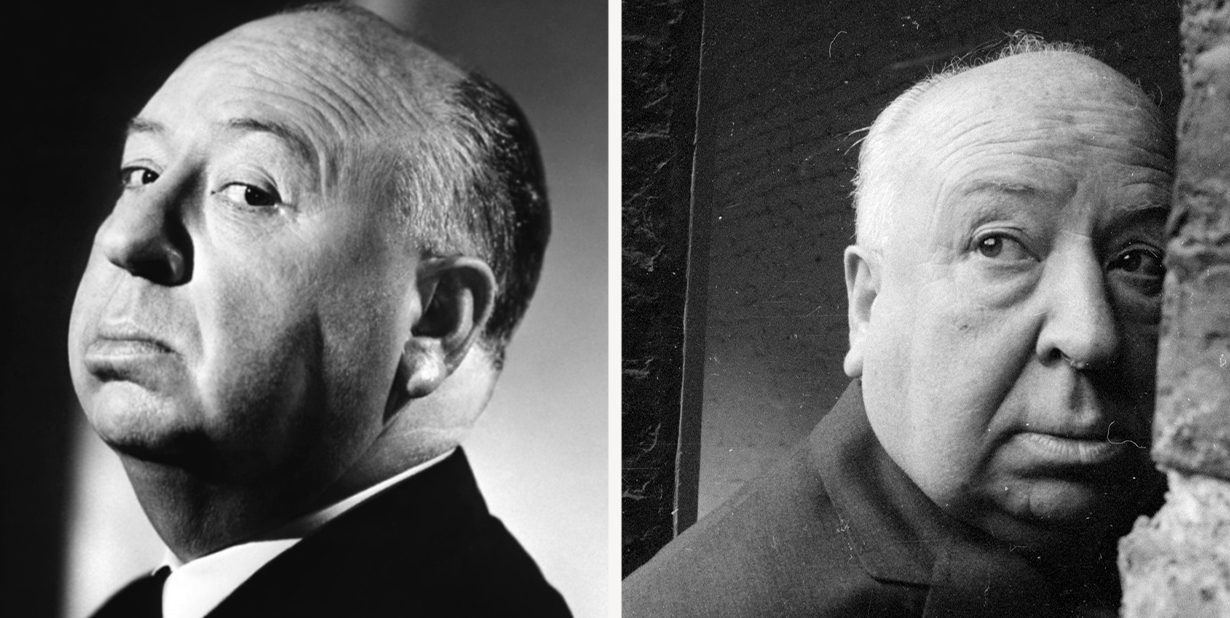
2. The Elite Ten
Hitchcock is one of just 10 directors who managed to have two of their films nominated for Best Picture in the same year. In case you’re curious, the year was 1940 and his nominated films were Foreign Correspondent and Rebecca (which ended up winning the award). If you’re wondering who the other nine were, they are Ernst Lubitsch, John Ford, Jack Conway, Victor Fleming, Sam Wood, Francis Ford Coppola, Michael Curtiz, Herbert Ross, and Steven Soderbergh.
3. From Audience to Participant
Hitchcock was first introduced to the cinema when he watched films by DW Griffith, Buster Keaton, Fritz Lang, and Charlie Chaplin as a young man. He also began to write creatively, submitting short stories to The Henley Telegraph in 1919.
4. What’s That Noise??
Hitchcock was old enough to have worked in both the silent film era and the subsequent era of the “talkies". In fact, Hitchcock was responsible for the first “talkie” that was released in Britain. Two years after The Jazz Singer brought sound to movies in the States, Hitchcock’s 1929 film Blackmail used the then-groundbreaking US technology to turn it into a film with sound rather than another silent picture.
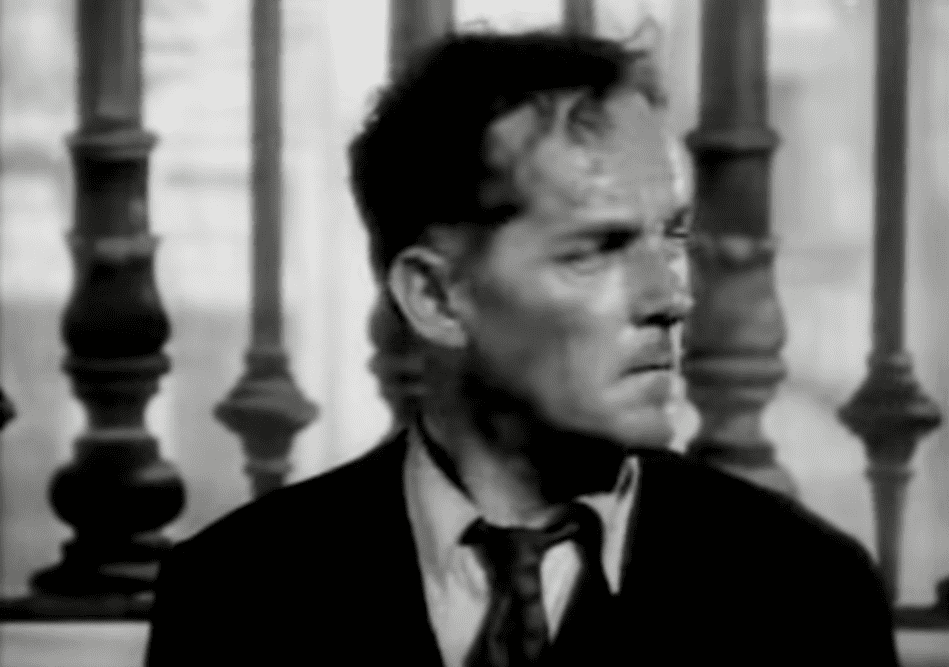 Blackmail (1929), British International Pictures (BIP)
Blackmail (1929), British International Pictures (BIP)
5. How Did He Know That?!
In 1946, Hitchcock released his film Notorious, a film noir and spy thriller starring Cary Grant. Interestingly, the plot involves Nazis looking for uranium. Given that the importance of uranium wasn’t as well known back then as it is now, Hitchcock was actually put under surveillance for a time by the FBI!
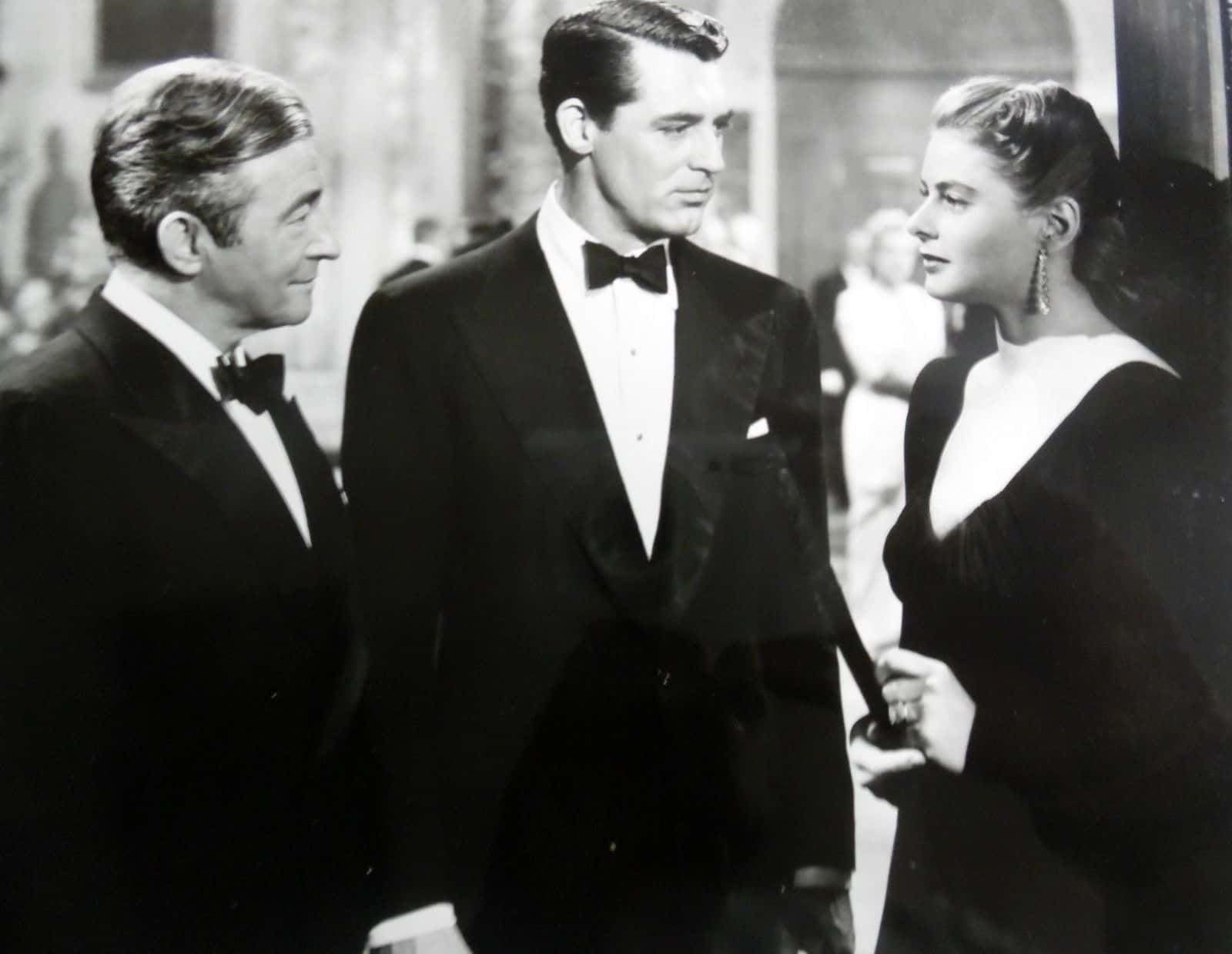 Wikimedia Commons, RKO Radio Pictures
Wikimedia Commons, RKO Radio Pictures
6. Danke Schoen!
In 1924, Hitchcock was working for the British film company Gainsborough Pictures, which sent him to Germany to work on two co-productions there. During his time in Germany, Hitchcock met the auteur FW Murnau, whom you’d best know for the horror film Nosferatu (yes, that Nosferatu). Hitchcock credited Murnau as being one of his main mentors, having taught him to “tell a story without words".
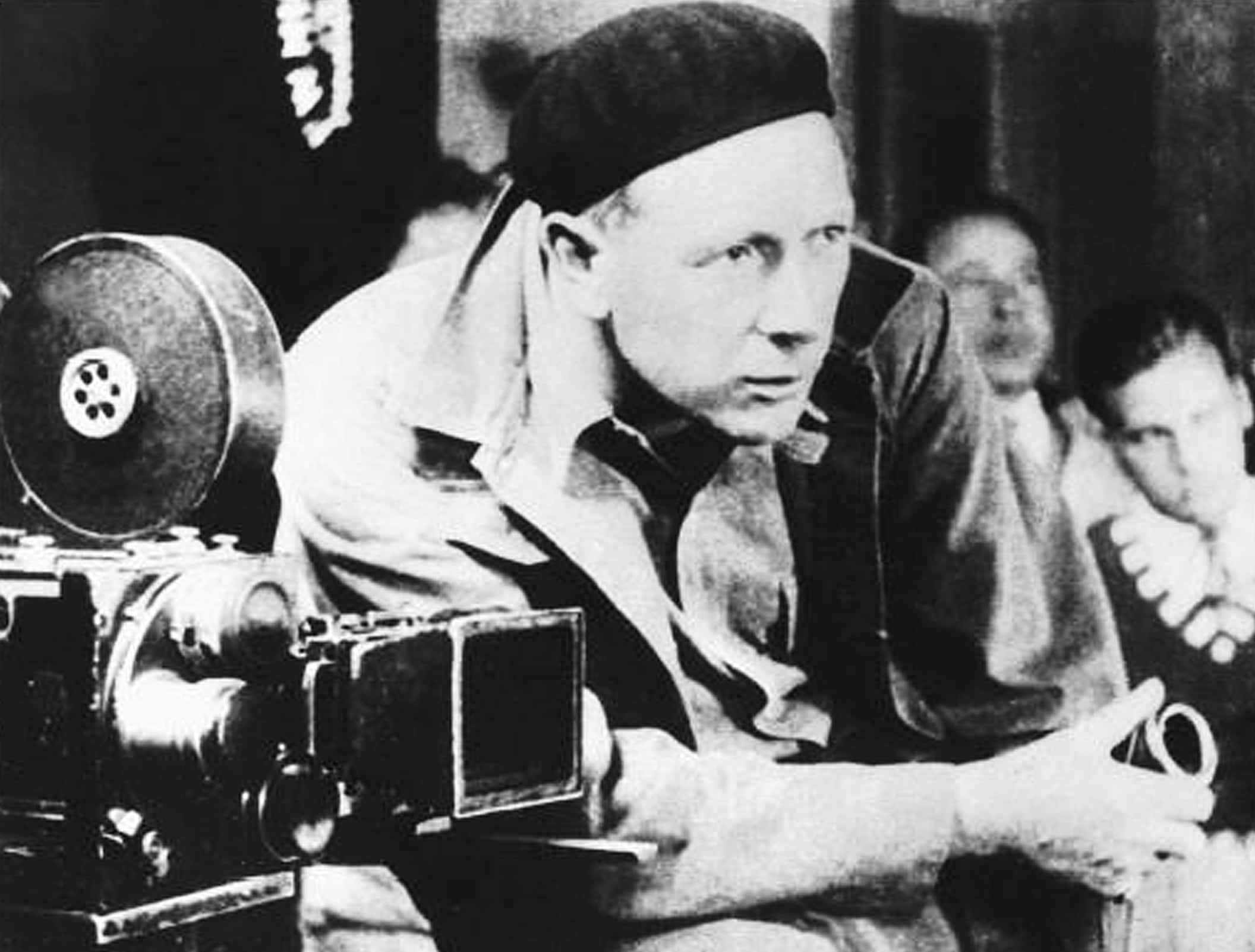 Flickr, Prefeitura de Belo Horizonte
Flickr, Prefeitura de Belo Horizonte
7. Somebody Call James Cameron in Sixty Years!
When Hitchcock first came to Hollywood after signing with producer David O. Selznick (more on that later), he was originally tasked with making a film about the HMS Titanic. Selznick ultimately dismissed the project because the producer allegedly “couldn’t find a boat to sink”—though it's also been claimed that the film was scrapped because it was the eve of WWII, and British officials didn't want him to make a movie about a notorious naval disaster.
8. Homefront
Hitchcock was too young to enlist in the First World W. until 1917. At that point, he was recommended to be put to work at home rather than go overseas and fight on the front. As a result, Hitchcock joined the Royal Engineers as a cadet and focused on drills, briefings, and outdoor exercises until the conflict's conclusion.
9. Big Fish on the Small Screen
Although Hitchcock was a famous auteur celebrated in film circles, his worldwide popularity didn’t really begin until the television series Alfred Hitchcock Presents. Produced in the same vein as The Twilight Zone, Hitchcock’s show was an anthology series that dealt with the macabre. Beginning in 1955, the series was highly popular and ran until 1965.
10. Chasing That Gold Statue
During his life, Hitchcock was nominated for five Academy Awards, all of them for directing (Rebecca, Lifeboat, Spellbound, Rear Window, and Psycho). In a twist that would offend film buffs everywhere, Hitchcock never won any of these awards. He only ever received a Lifetime Achievement Oscar in 1968.
11. Stepping Up
In 1914, Hitchcock’s aging father passed after a long struggle with kidney disease and emphysema. The teenaged Hitchcock was the last of his siblings to still live with his mother at the time, so he took work as a technical clerk to support her. He would continue his education during that time, however, studying economics and art during night classes.
12. Go West, Young Man
Following the Second World W., Hitchcock essentially gave up filmmaking in the UK and committed himself to the world of Hollywood. He also became a US citizen in 1955.
13. I Like You, Join Me
In the late 1930s, Hitchcock had yet to make his big break in the US, despite any success that he had in his home country. This changed when he met legendary Hollywood producer David O. Selznick. Selznick had just set up a new production company and even though he’d never seen Hitchcock’s films, he was intrigued enough by the director’s reputation to sign him onto a four-picture deal.
14. From Good to Bad
Despite any enthusiasm that Hitchcock or Selznick had about their deal together, everything went downhill very quickly. Their first film together, Rebecca, not only suffered from production delays but also artistic arguments that director and producer had. Things got so bad between them that they never even finished their four-picture deal. Seven years after they’d signed, they parted ways having made just three films together, with the last one being a box-office disappointment.
15. Personal Struggle
Known for his incredible girth, Hitchcock was at his heaviest during the late 1930s. At that point, he weighed over 300 pounds, until he chose to try and lose weight during the 1950s. While he would struggle with obesity for the rest of his life, Hitchcock would manage to stay below his peak weight from the 1930s.
16. Till Demise Do Us Part
Hitchcock met his wife, Alma Reville, when she was working as an editor on the 1923 film Woman to Woman, on which Hitchcock worked uncredited as the co-screenwriter and co-director. The two of them were married on the 2nd of December 1926 and remained so until Hitchcock’s passing.
17. Impressive
Once, Francois Truffaut asked Hitchcock to name a film that made a particular impression on him as a young man, and Hitchcock offered up Fritz Lang's expressionist fantasy Destiny, released in 1921.
18. Excuse Me While I Tarnish Your Legacy
It’s safe to say that Hitchcock took things very personally when it came to his failed relationship with David O. Selznick. His revenge would be terrible. When it was time to cast his film Rear Window, Hitchcock gave the role of the sinister killer to a man named Raymond Burr, who bore an uncanny resemblance to Selznick. Hitchcock even got him the same kind of glasses that Selznick wore so that nobody familiar with Selznick would miss the middle finger that Hitchcock was sending him through the film!
19. What Might Have Been
In 1945, a documentary was being planned to depict the Third Reich offences, particularly in their concentration camps. Army film units from the UK, France, the US, and the USSR were all meant to contribute to the documentary. Surprisingly (or not, depending on what you think of his work) Hitchcock was brought on as a supervising director for the project. However, it was never completed, after the USSR backed out with the looming Cold Conflict developing between the former Allies.
20. He Got Two?
Hitchcock actually has two stars on the Hollywood Walk of Fame. His star for his work in film can be found 6506 Hollywood Boulevard. Meanwhile, if you go to 7013 Hollywood Boulevard, you will find the star awarded to Hitchcock for his work on television.
21. Nothing but Livestock!
Hitchcock was known to have a rather stormy relationship with actors. Aside from subjecting them to pranks (and unwanted sensual advances, in the case of some of his actresses), Hitchcock is known for his infamous comment “Actors are cattle! They should be treated as such". Hitchcock viewed actors as props for the directors and writers to put in place and steer to their will. As a result, Hitchcock famously disliked method actors, accusing them of taking over the writing process and overstepping their job descriptions. That certainly explains why Robert De Niro and Dustin Hoffman never worked with him!
22. He Liked That One the Best?
If you’re curious as to which of his own films Hitchcock found to be his favorite, look no further than his 1943 flick Shadow of a Doubt.
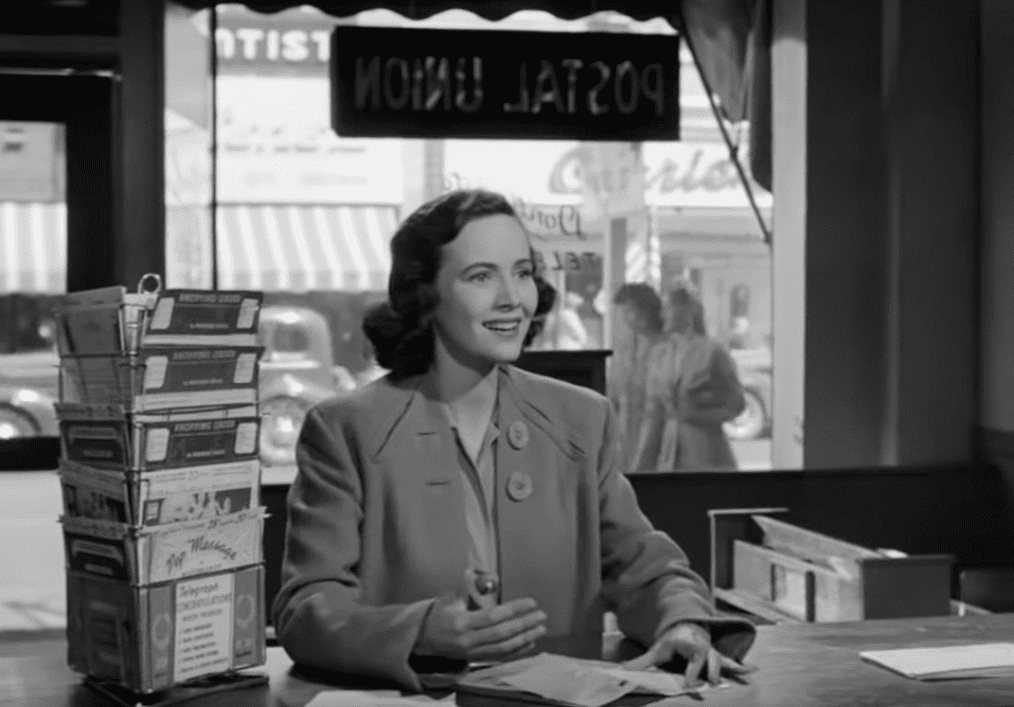 Shadow of a Doubt (1943), Universal Pictures
Shadow of a Doubt (1943), Universal Pictures
23. Teach Us, Sir!
Hitchcock was actually asked to contribute to the Encyclopedia Britannica’s 14th edition. He contributed to said book’s entry on “Motion Pictures, Film Productions” as an example of insight based on personal experience. Frankly, you can’t deny that he was qualified enough to talk about that subject!
24. They Belong in a Museum!
The Library of Congress has long established something called the National Film Registry. It consists of films selected for preservation by reason of being “culturally, historically, or aesthetically” significant. Eight Hitchcock's films are kept within the National Film Registry: The Birds, Rear Window, Notorious, Rebecca, North by Northwest, Vertigo, Shadow of a Doubt, and Psycho.
25. My Week With Alfred
Hitchcock celebrated his 63rd birthday in a rather interesting way. Renowned French filmmaker Francois Truffaut first sat down with Hitchcock for an in-depth interview. The two men would meet for eight days, filming sessions that became 50 hours in total length. During that time, Hitchcock answered 500 questions! Unsurprisingly, it took four years to look over the footage, transcribe the dialogue, and organize the images, which were finally turned into a 1967 book. In 2015, the video footage was also turned into a documentary.
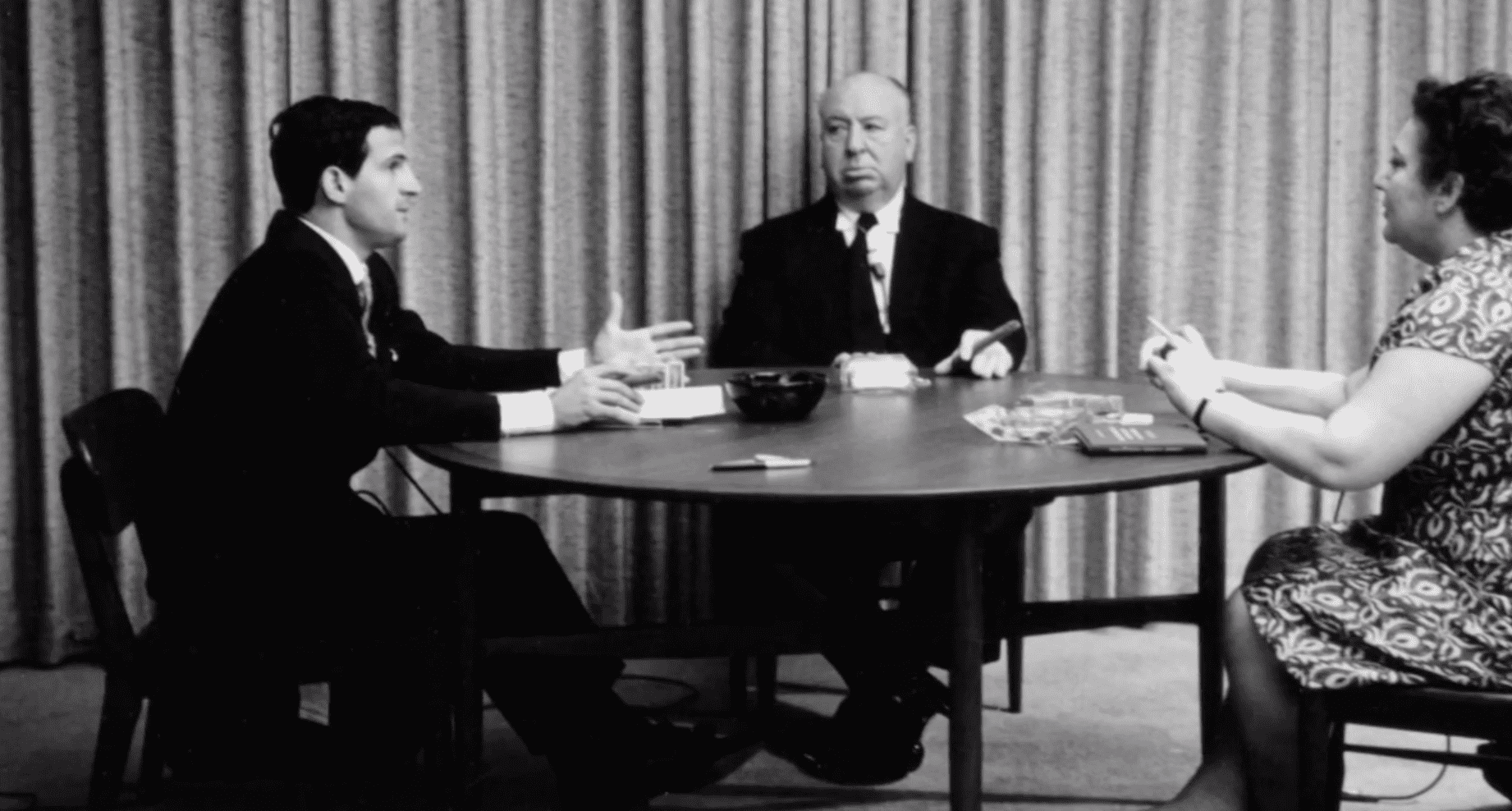 Hitchcock/Truffaut (2015), Cohen Media Group
Hitchcock/Truffaut (2015), Cohen Media Group
26. That’s Not Funny!
Hitchcock became known for his pranks on film sets, but most of these “pranks” would turn out to be incredibly vicious and mean-spirited. One of Hitchcock’s favorite plans was to discover the phobias of his co-workers and then send them a box of whatever that phobia happened to be (such as vermin, snakes, or spiders).
27. I Know How it Ends!
You might be surprised to know that Hitchcock was too scared to watch his own films in the cinema. In fact, he always wondered how people managed to do it, making him sound like one of the most neurotic directors we’ve ever heard of!
28. Scrapping Shakespeare
In case you ever think that adapting Shakespeare in a modern setting is one of society’s more recent bad ideas, you might be surprised to know that Hitchcock planned to turn Hamlet into a “psychological melodrama” starring Cary Grant. The reason why this modern adaptation never happened was the fact that a professor had written his own modern adaptation of Shakespeare and was menacing to sue Hitchcock and his studio.
29. Well Done!
During his life and film career, Hitchcock directed eight actors in performances that were nominated for Academy Awards. These people were Claude Rains, Ethel Barrymore, Joan Fontaine, Laurence Olivier, Judith Anderson, Albert Bassermann, Janet Leigh, and Michael Chekhov. Of those people, only Fontaine would win her Oscar (it was for her performance in the film Suspicion).
30. Sports Fanatic
All his life, Hitchcock was a devoted supporter of the West Ham United Football Club. Even when he moved to the US, he kept track of the football team through English newspapers that he would have delivered to his home in Bel Air!
31. Farewell, Alfred
Hitchcock passed kidney failure on April 29, 1980, survived by his wife and daughter. A few weeks later, his ashes were scattered across the Pacific Ocean (presumably inspiring the Dude and Walter to do the same with Donny’s ashes years later).
32. Imitation is the Highest Form of Flattery...Isn’t It?
While many filmmakers have shown Hitchcock’s influence on their filmmaking, it’s safe to say that Brian De Palma ranks first and foremost among them. One of his early hit films, Obsession, was directly inspired by Hitchcock’s Vertigo, as anyone could see. One person who certainly saw it was Hitchcock himself, who was allegedly furious, accusing the film of being a complete ripoff of his work.
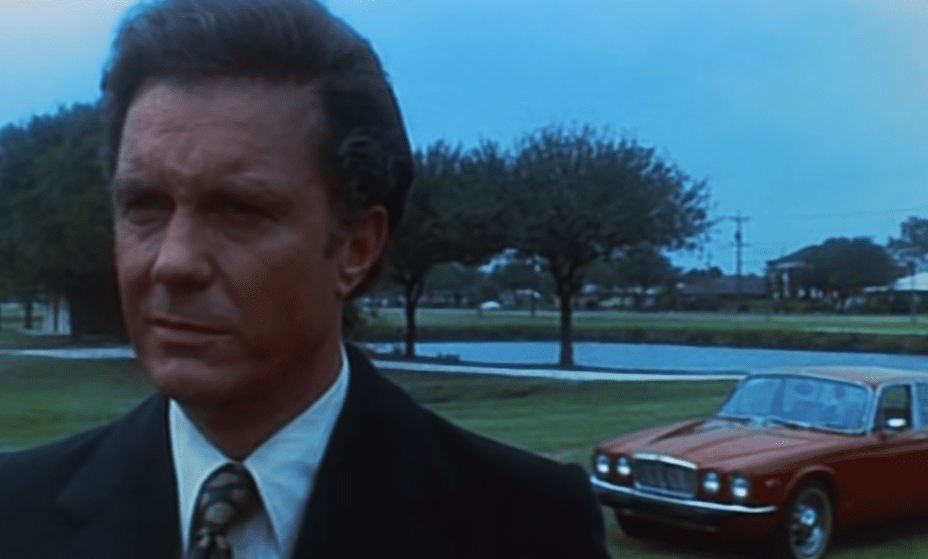 Obsession(1976), Columbia Pictures
Obsession(1976), Columbia Pictures
33. Why Did it Fail?
Many people would say that Vertigo is not only Hitchcock’s best film, but also one of the best films ever made. Ironically, the film was poorly received when it first came out and was a box office failure. Vertigo was also the last time that Hitchcock ever worked with his longtime collaborator James Stewart, as the director blamed the movie’s failure on the idea that at 49, Stewart was too old to be a believable love interest to Kim Novak, who was 24 at the time.
34. Everyone’s a Critic!
Believe it or not, Hitchcock was banned from filming anything within Disneyland in the 1960s. Walt Disney himself insisted on that, having never forgiven Hitchcock for making “that disgusting movie Psycho".
35. Well, This Will Never Catch On!
You might be stunned to know that 3-D technology is much older than you’d think! Filmmakers first began dabbling with it in the 1950s, but the extremely negative reaction to it among audiences caused Hollywood to back off (oh, how times change). Hitchcock was no exception to this experimentation. His 1954 film Dial M for Liquidation was initially released in 3-D, but by then, the phase of that technology was just about over. Hitchcock later joked that 3-D was “a nine-day wonder and I came in on the ninth day".
36. Sounds Like a Nice Guy
When Hitchcock’s wife, Alma Reville, became pregnant, Hitchcock reportedly couldn’t stand the sight of her. This wasn’t just idle gossip from somebody who loathed the man, either. Several people who were familiar with Hitchcock vouched that it was true. He had previously declared “I hate pregnant women, because then they have children".
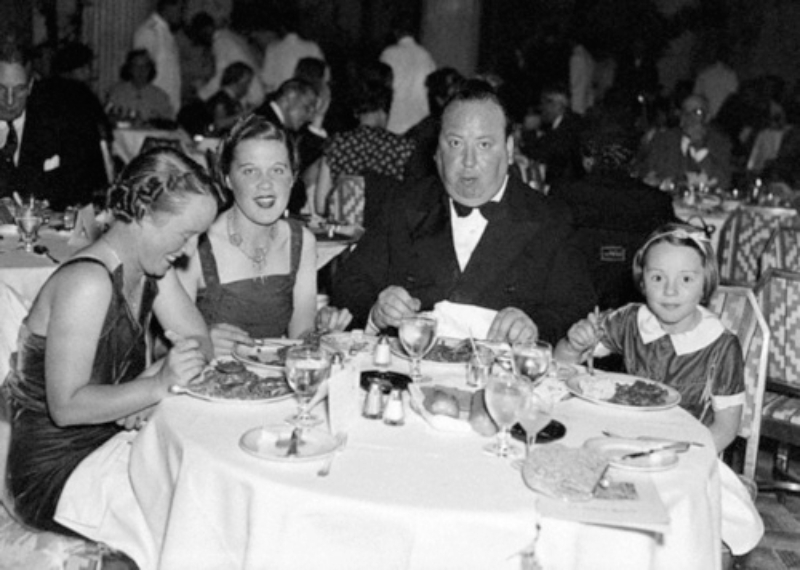 Library of Congress, Wikimedia Commons
Library of Congress, Wikimedia Commons
37. Why Not?
Understandably, Hitchcock was one of Steven Spielberg’s idols and inspirations. However, Hitchcock continually refused to meet him. When actor Bruce Dern tried to persuade him to let Spielberg meet his hero, Hitchcock explained that he was too embarrassed to meet the director of Jaws. Anyone who’s visited the Universal Studios theme park will know that Hitchcock provided the voice for their Jaws-themed ride (he was paid $1 million to do so). Hitchcock was later embarrassed by his having done that gig and said that meeting Spielberg would have made him feel like “such a street worker” that he couldn’t dare meet him.
38. Take That to the Bank!
While Hitchcock was making Psycho, he essentially worked for free. In order to keep to the meager budget, he deferred upfront payment in favor of 60% of the film’s net profits. The gamble paid off in a huge way when Psycho was a smash hit. Hitchcock made more than $15 million as a personal profit, which translates to well over $100 million in 2019!
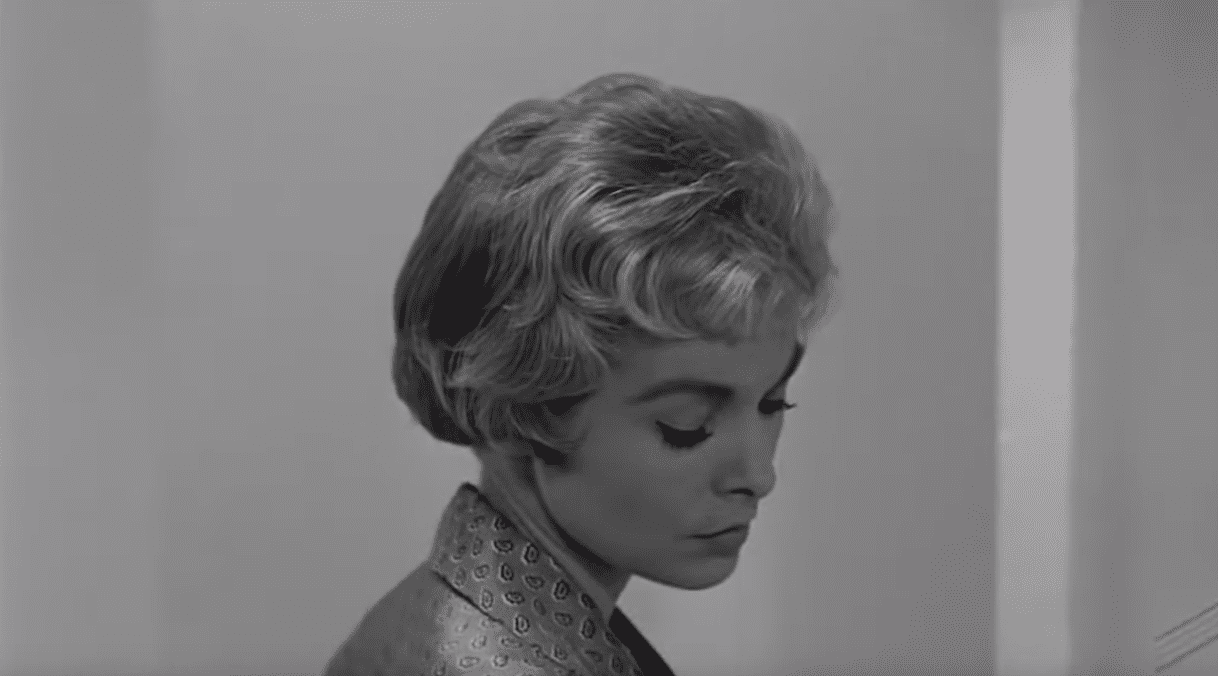 Psycho (1960), Paramount Pictures
Psycho (1960), Paramount Pictures
39. Don’t Trust Me
It’s safe to say that Hitchcock’s idea of humor was equal parts juvenile and terrifying at the same time. Consider the infamous story of when he bet a crew member on one of his films that he couldn’t dare spend the night handcuffed to a camera in the movie studio alone all night. The crew member accepted the challenge, and Hitchcock sweetened the deal by giving him a bottle of booze just before everyone went home and left him locked inside. The next day, Hitchcock and the rest of the cast and crew found said crew member in hysterics. This probably had to do with the fact that Hitchcock had added strong laxatives to the booze before he gave it to the crew member! We’ll just say that the effects of Hitchcock’s prank were plainly noticeable.
40. “You Have the Right to Remain Terrified”
For a man so used to playing on the fears of his audiences and his associates, Hitchcock himself had two rather bizarre phobias. One was a fear of eggs (presumably because that’s what birds hatch out of), and the other was the authorities. The latter stemmed from an incident in his youth when Hitchcock’s father sent him to the local authorities station with a note.
When the sergeant read the note, he had the boy locked up for ten minutes before warning him to expect that if he did anything bad. Hitchcock’s fear of the authorities was so extreme from that point on that he never even learned to drive to prevent any law enforcement from pulling him over on the side of the road!
41. Inferno Hath No Fury Like a Hitchcock Scorned
When Hitchcock cast Tippi Hedren in the lead role of his film The Birds, Hedren was a relatively new actress looking for a big break. Hitchcock happily took advantage of a young actress’s reluctance to make waves by putting her through the wringer. First, Hitchcock would order live birds thrown right at Hedren to get the most realistic response out of her as possible.
Of course, Hedren narrowly avoided realistically losing an eye during that process, but Hitchcock was then too busy lusting after Hedren to care about that. When Hedren proved resistant the charms of a man who paid people to stalk her for him, Hitchcock proved his pettiness once again by deliberately ruining her film career by keeping her out of films for as long as her contract with him lasted.
42. What a Creep
Even after he’d risked her wellbeing and permanently damaged her career, Hitchcock wasn’t done with Tippi Hedren or her family. During the production of The Birds, Hitchcock had a wax face mask made of Hedren for reasons of film promotion. When Hedren’s daughter turned six years old, Hitchcock surprised the little girl with a doll in a coffin that was made out to look exactly like her mother while wearing her costume from The Birds. Hedren’s daughter would grow up to become actress Melanie Griffith, who gave her own opinion on the whole incident by saying “He was a mother****** and you can quote me". We here at Factinate are only too happy to oblige you, Griffith.
 Wikimedia Commons, Manfred Werner
Wikimedia Commons, Manfred Werner
Sources: 1, 2, 3, 4, 5, 6, 7, 8, 9, 10, 11, 12, 13, 14, 15, 16

